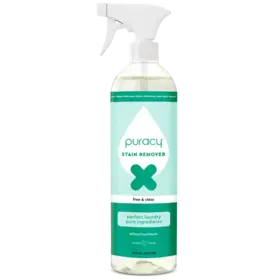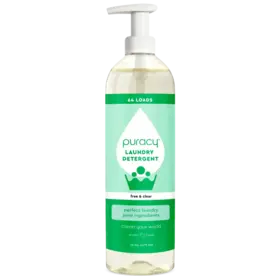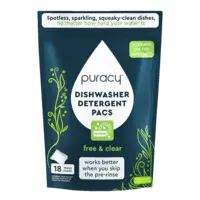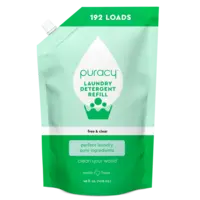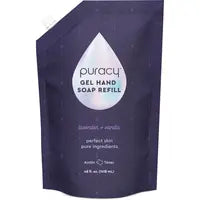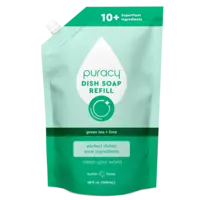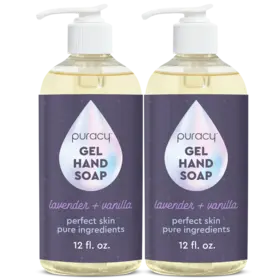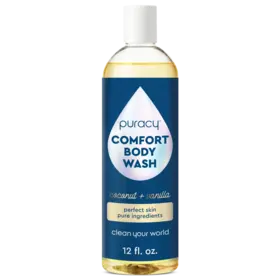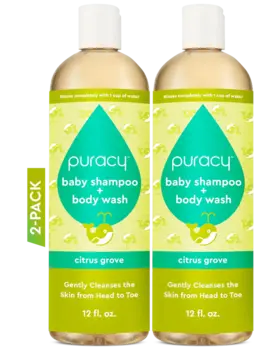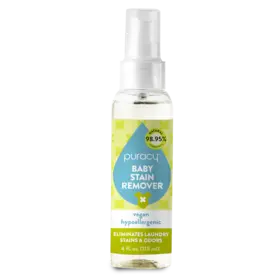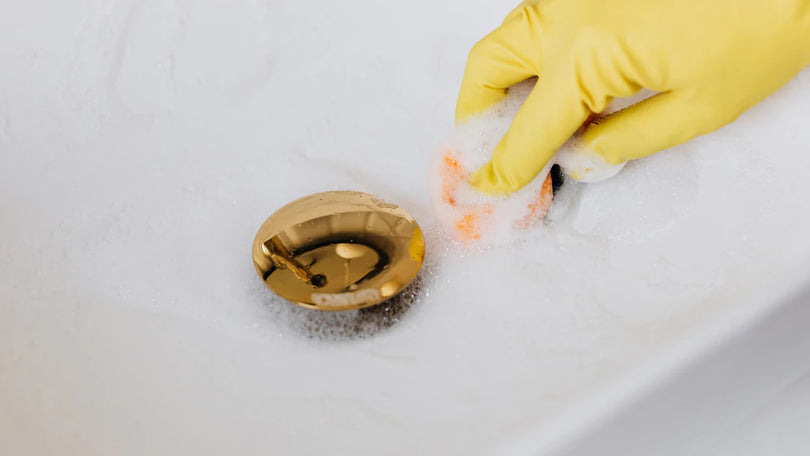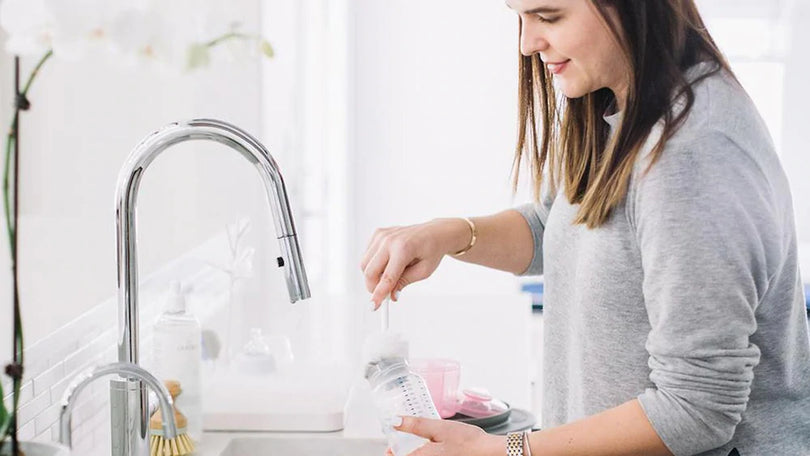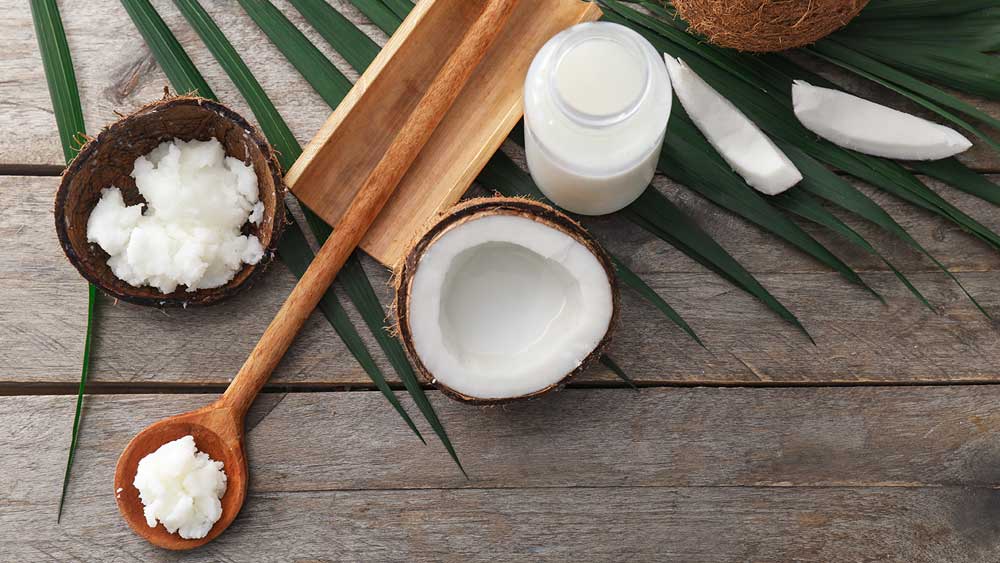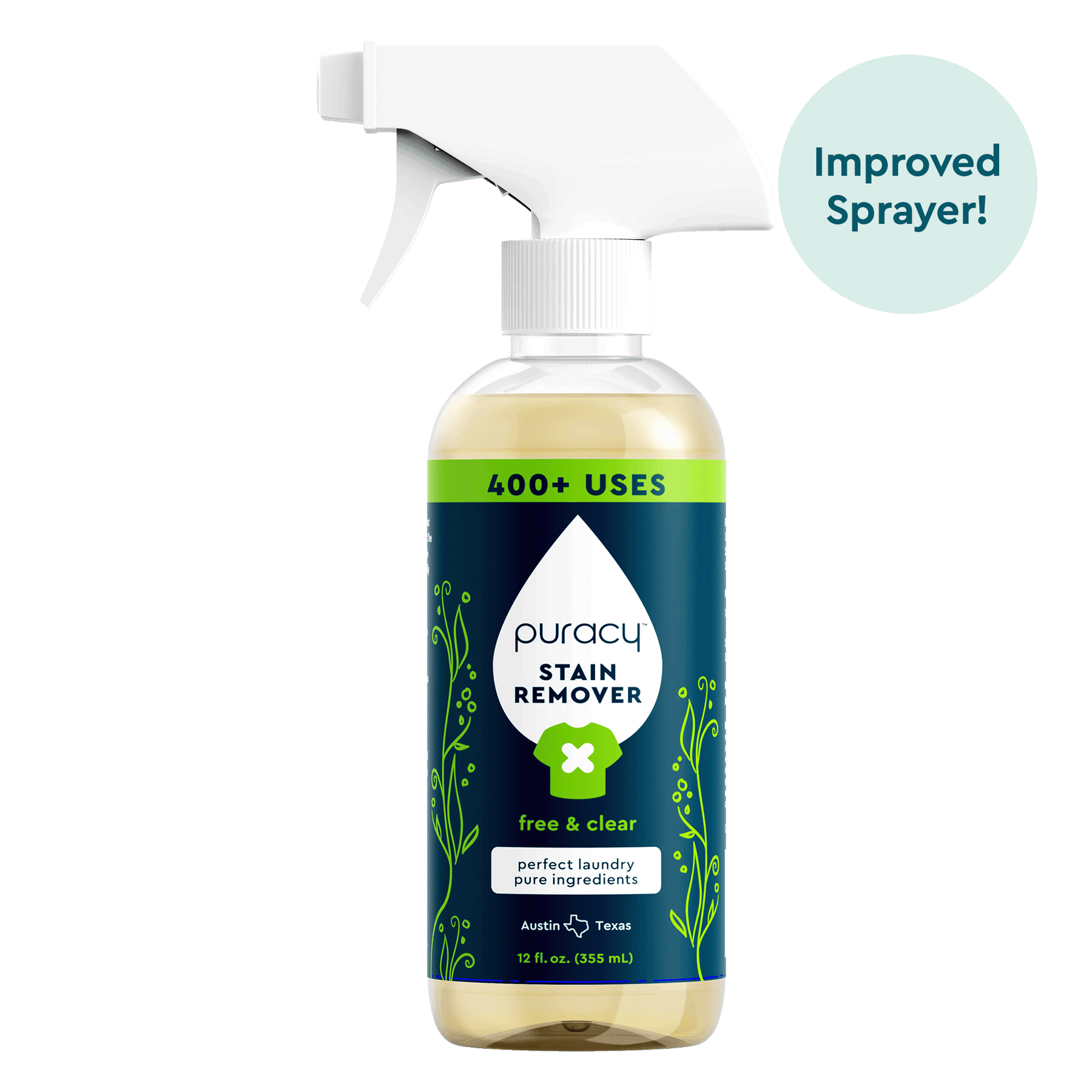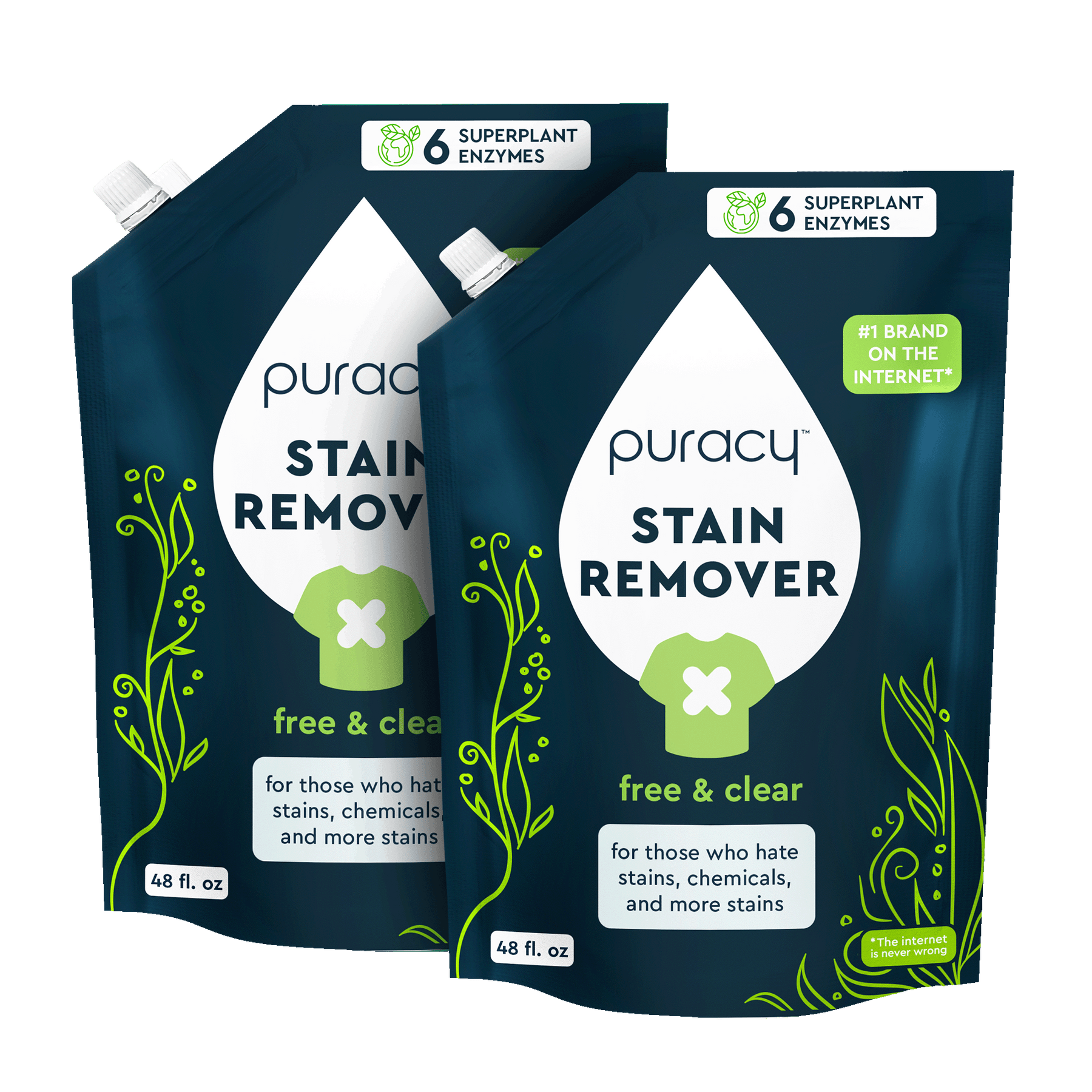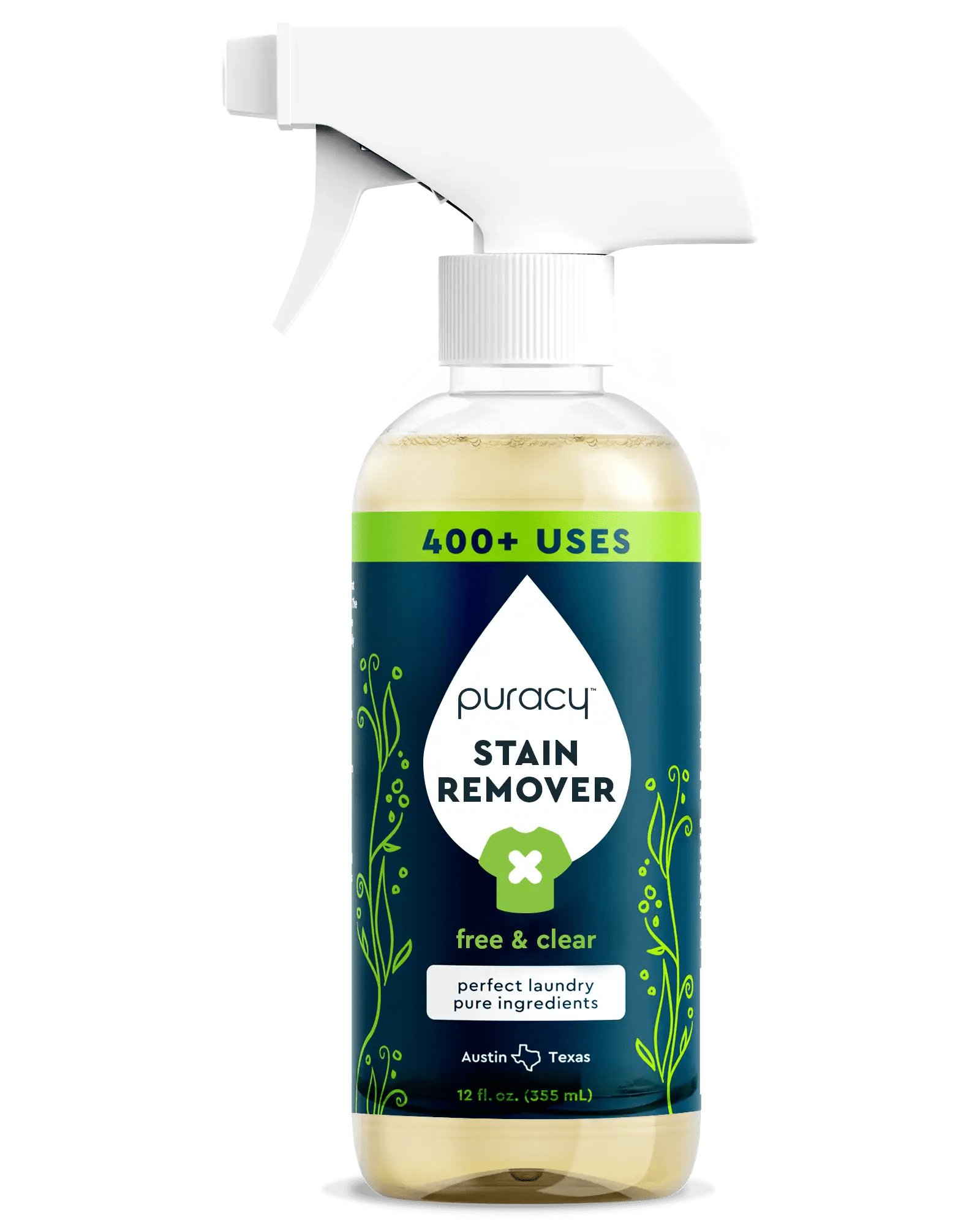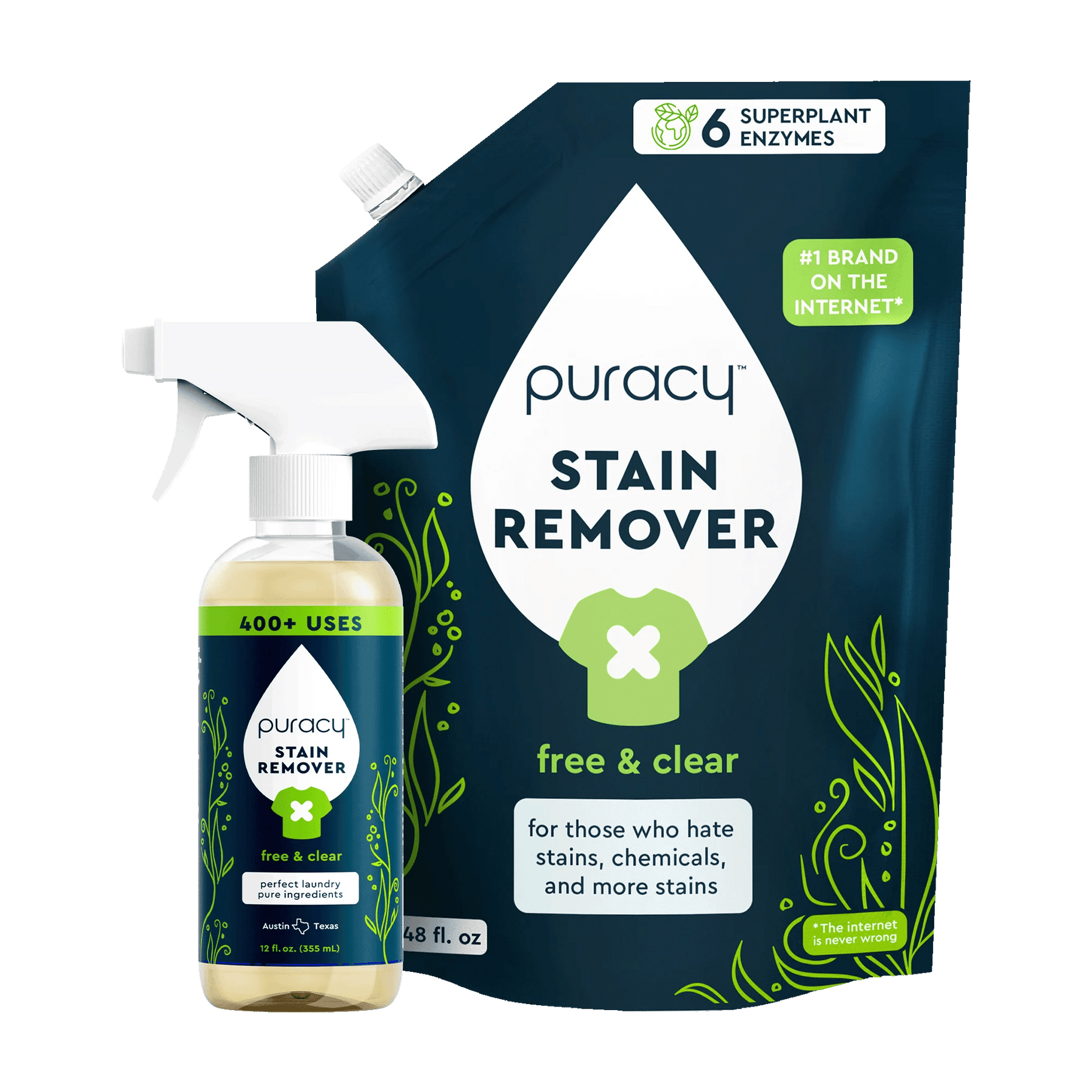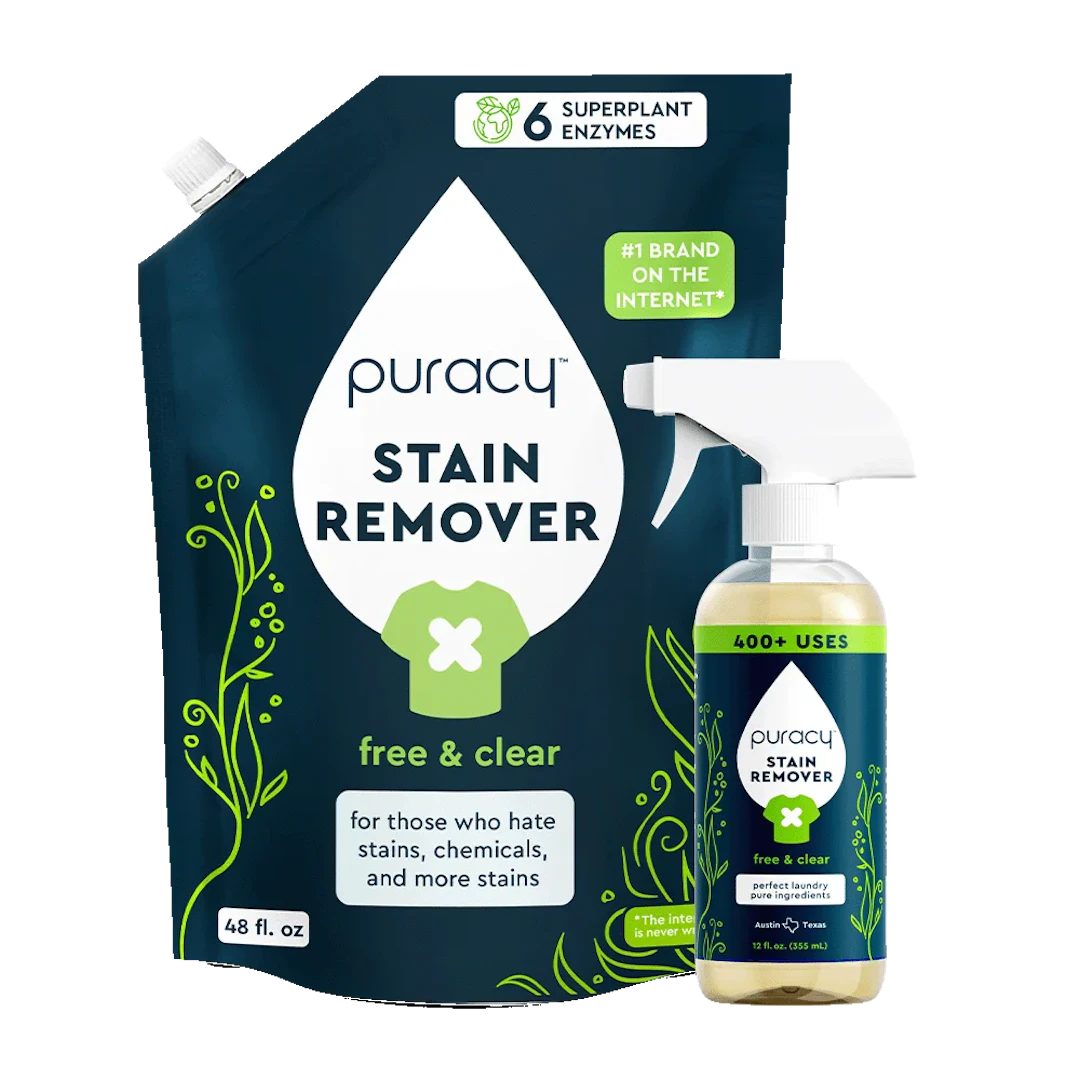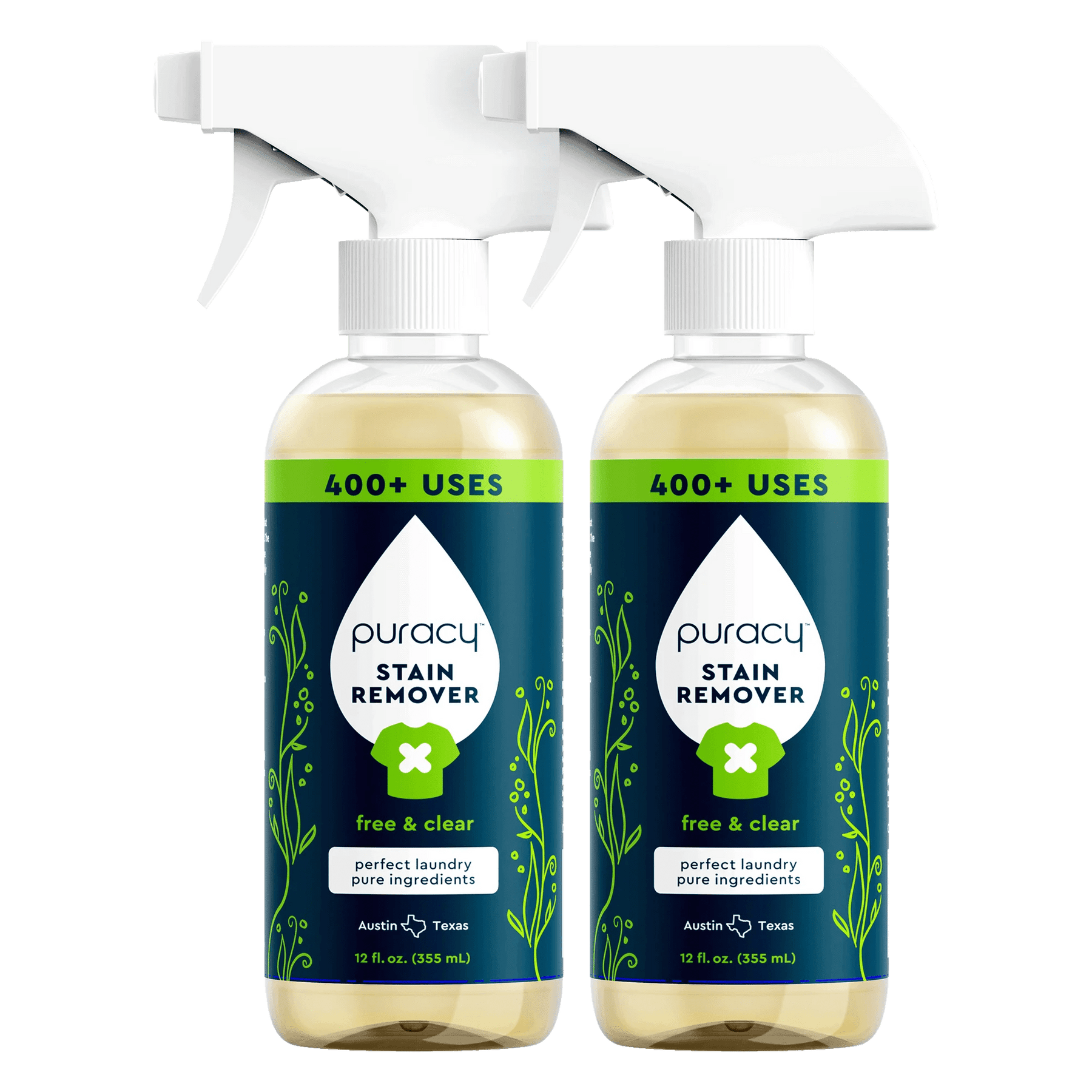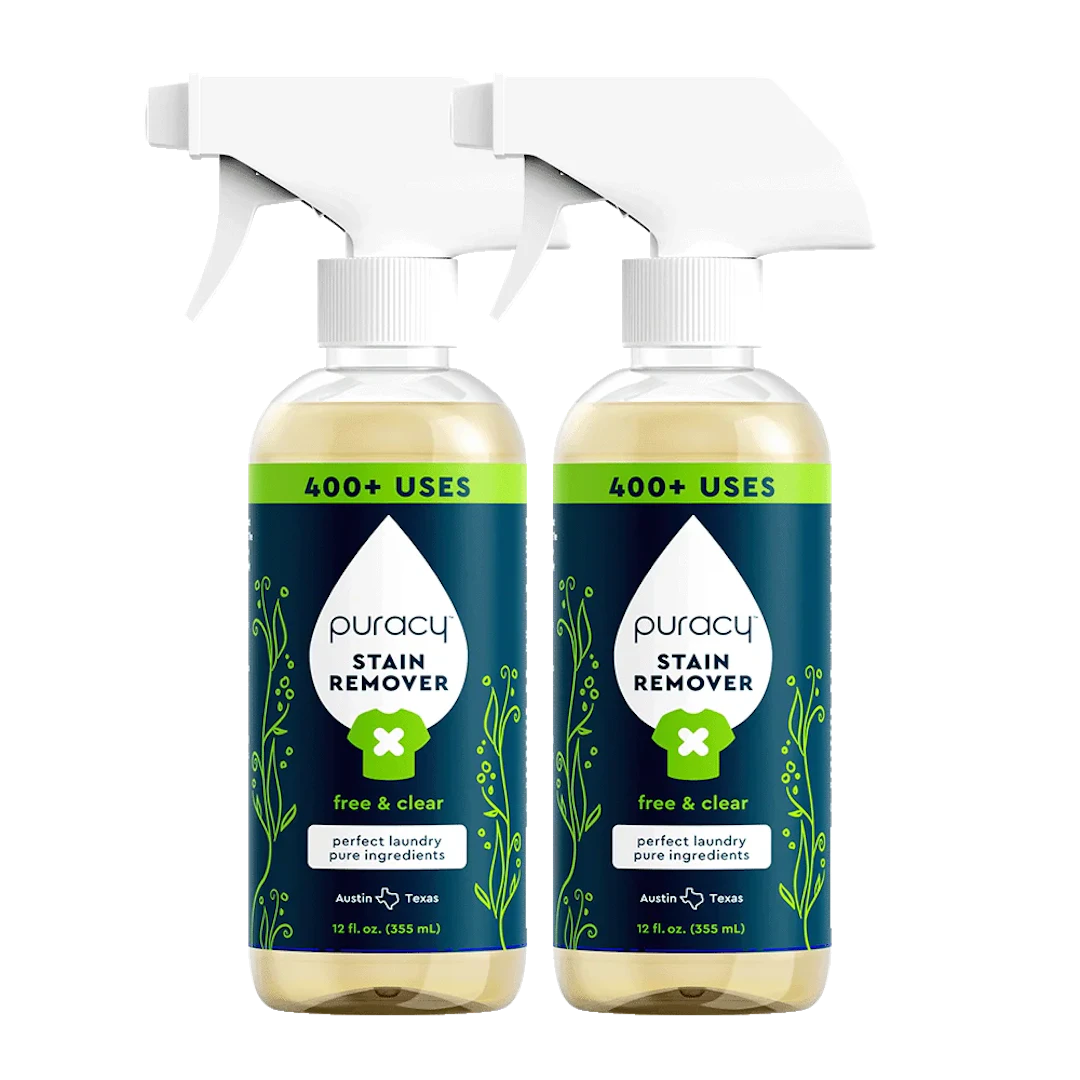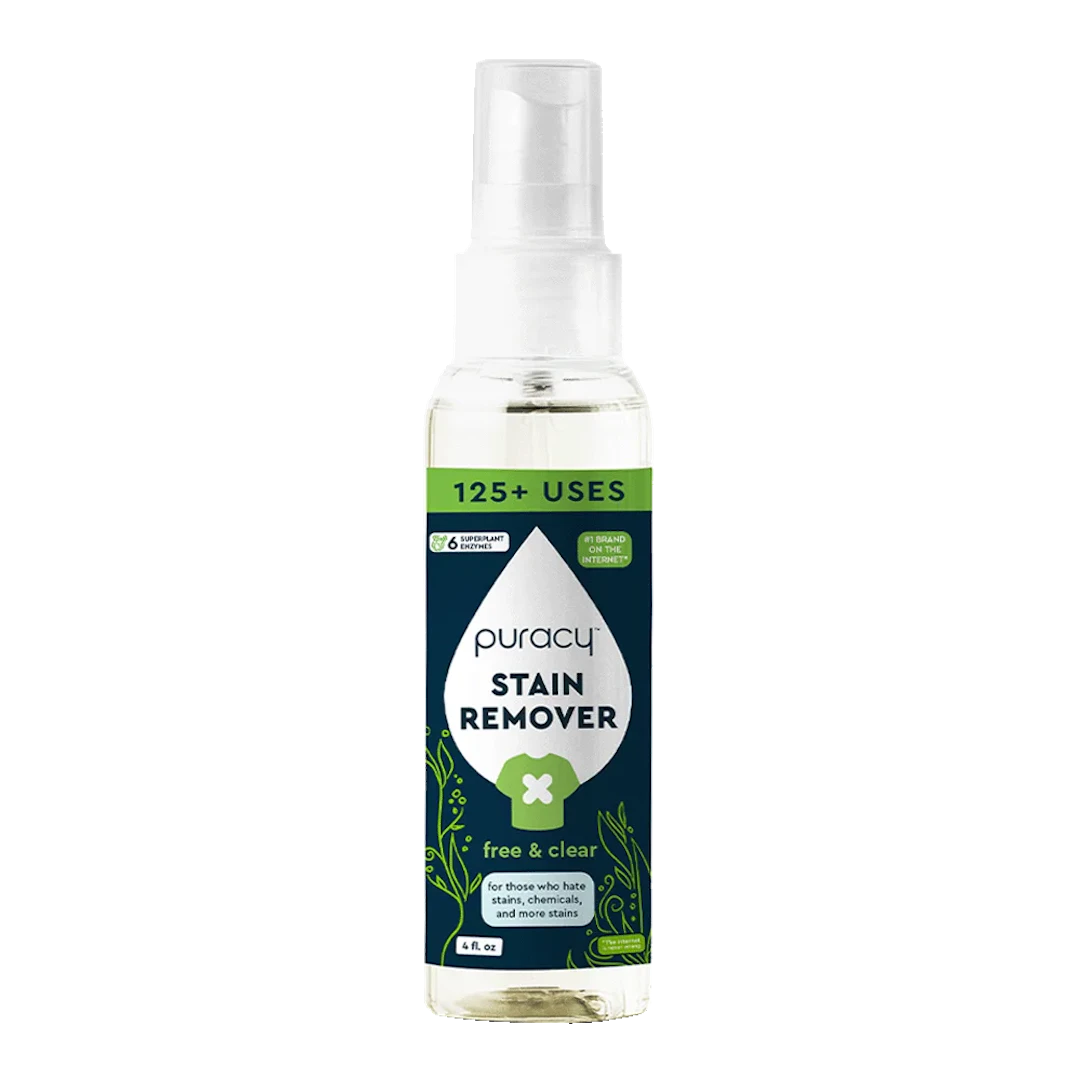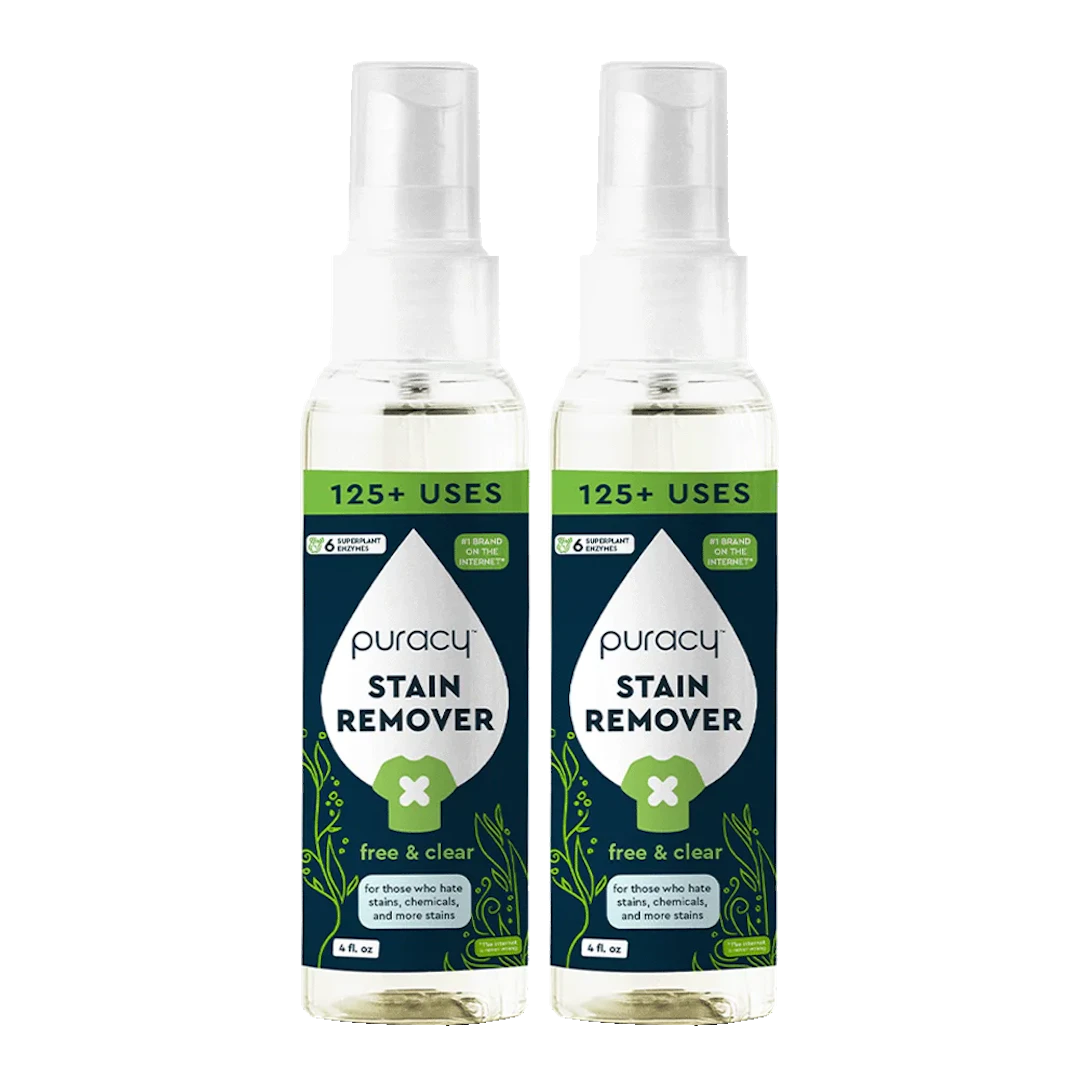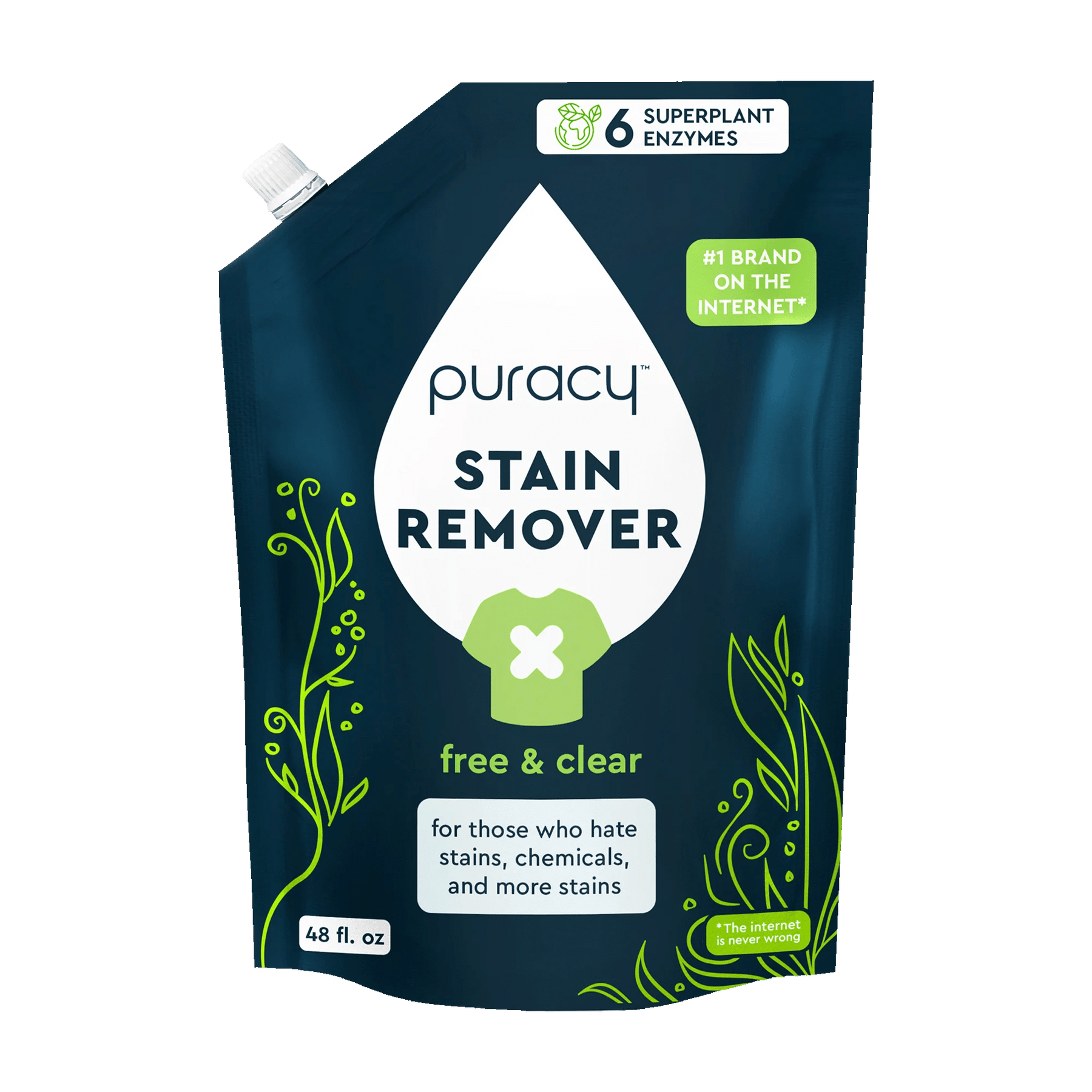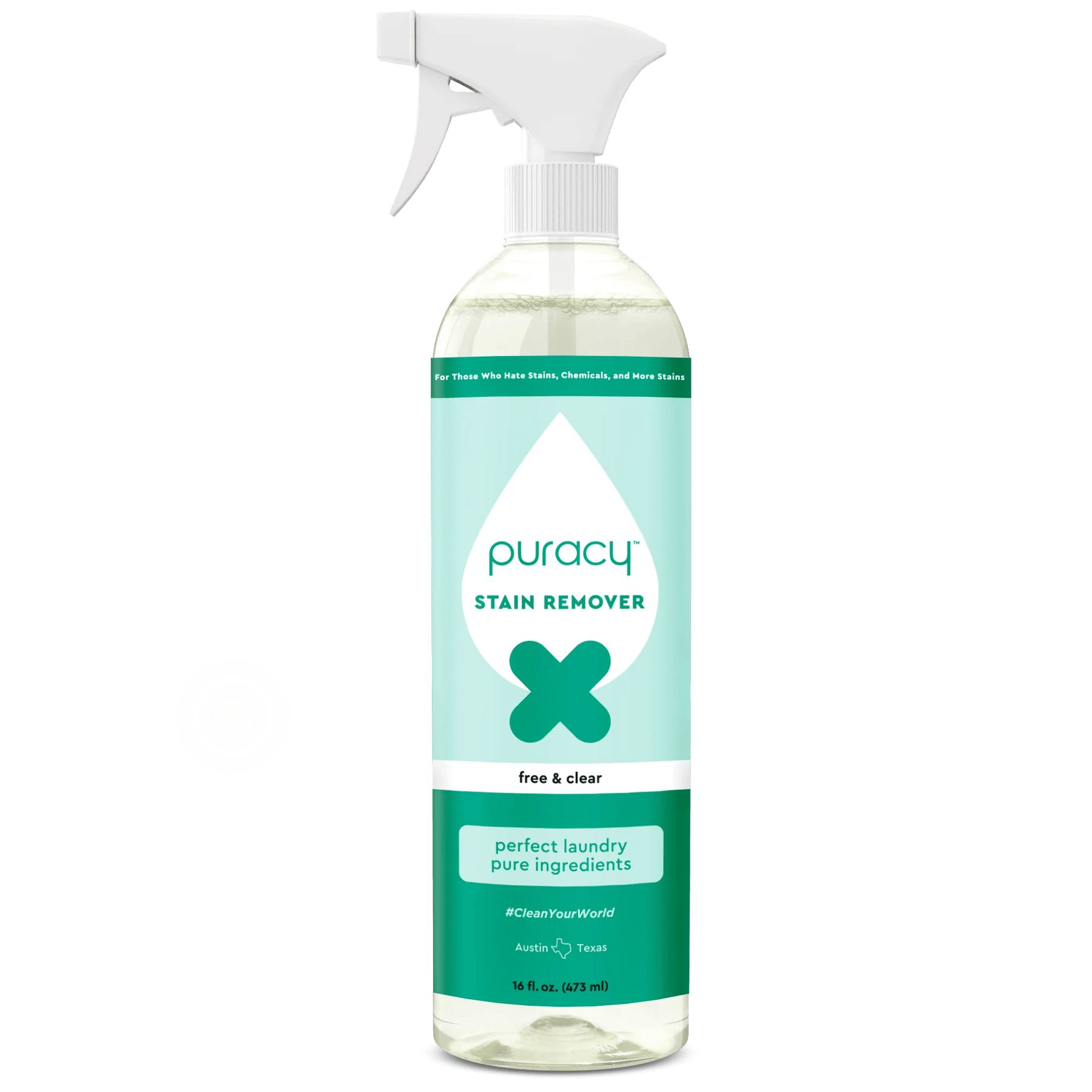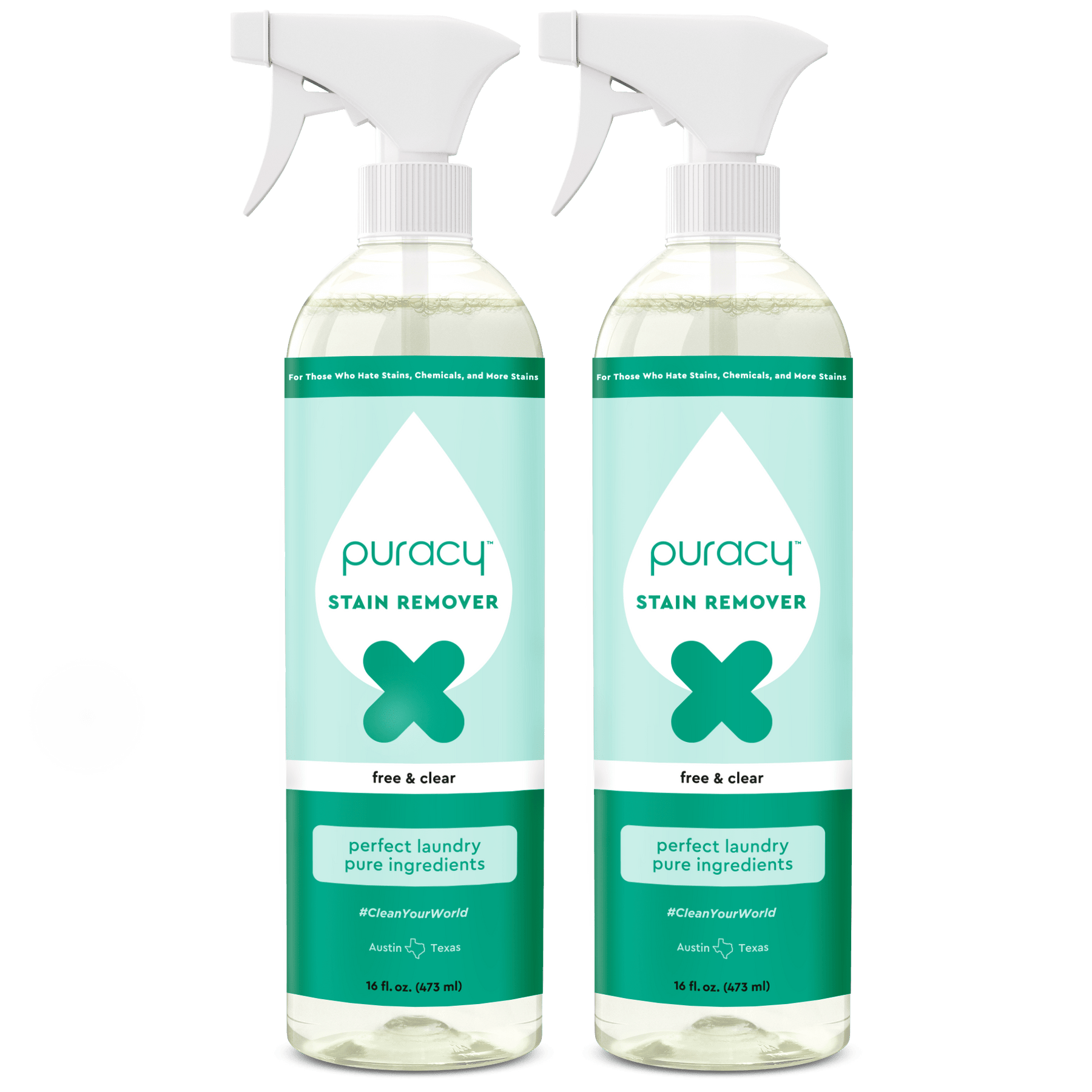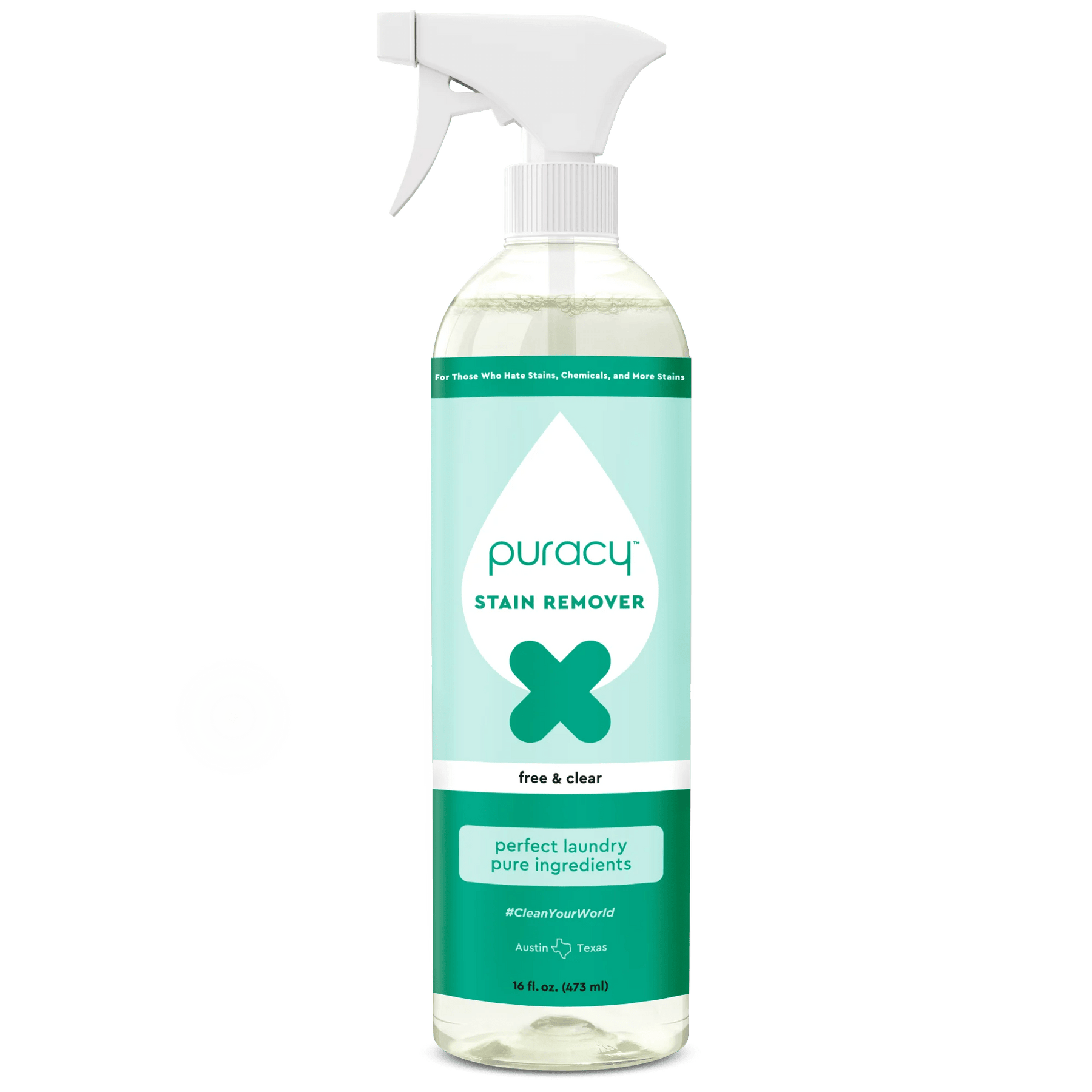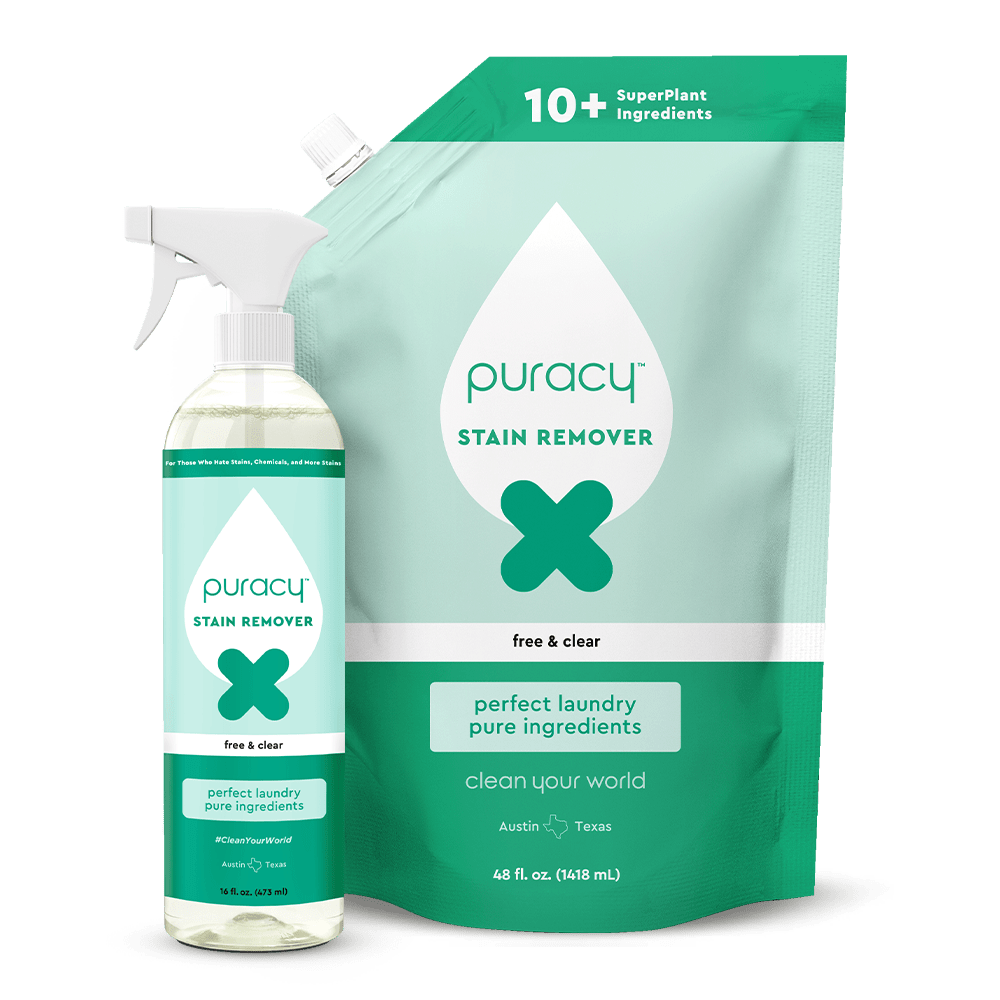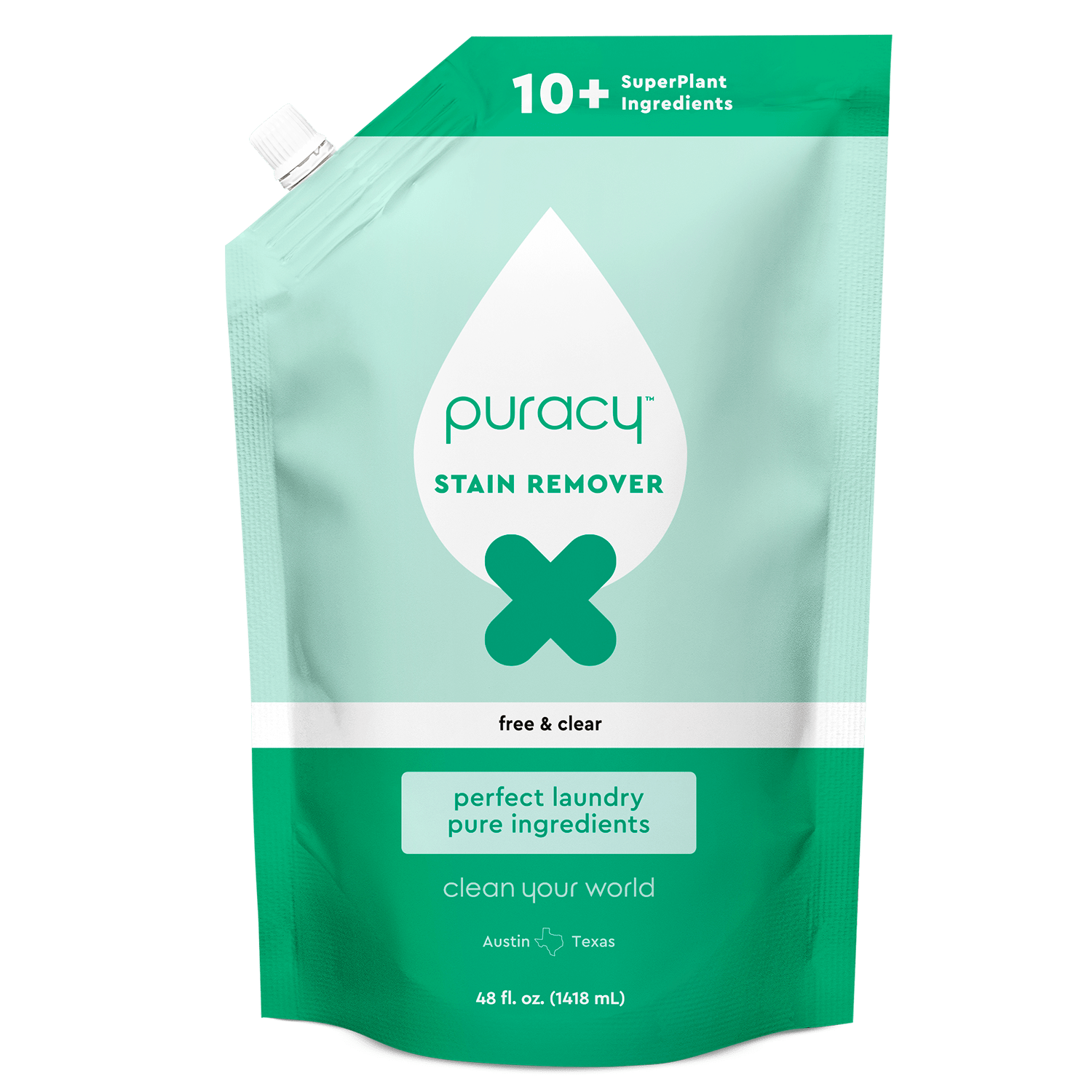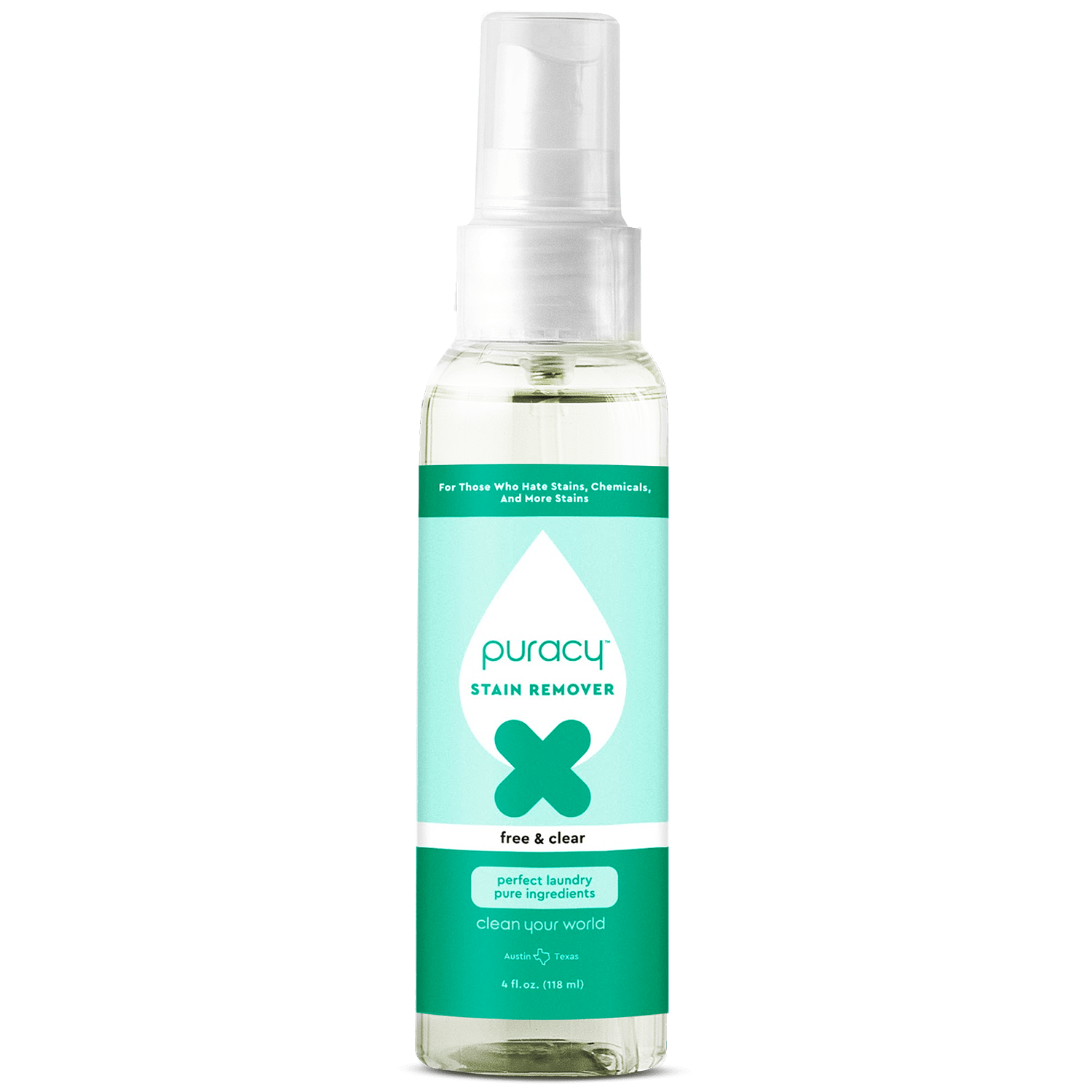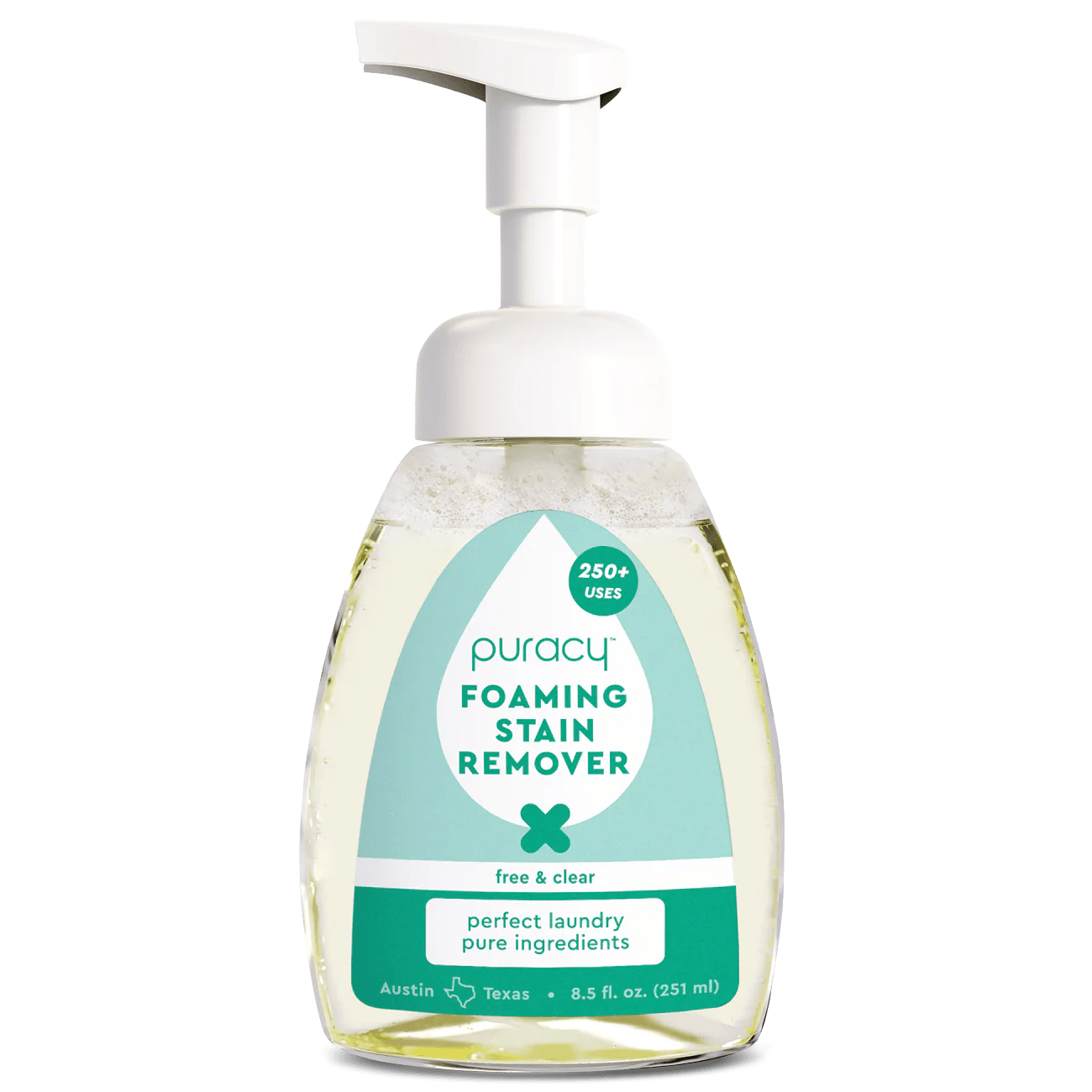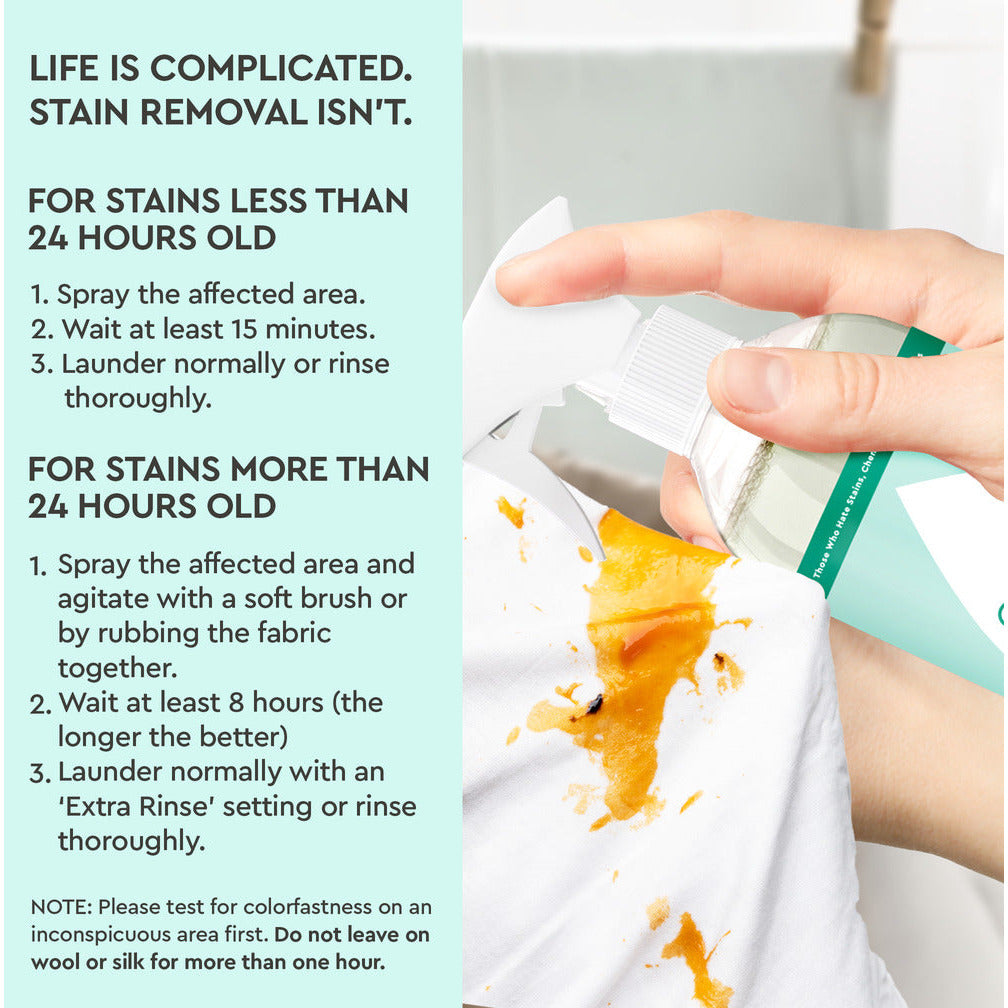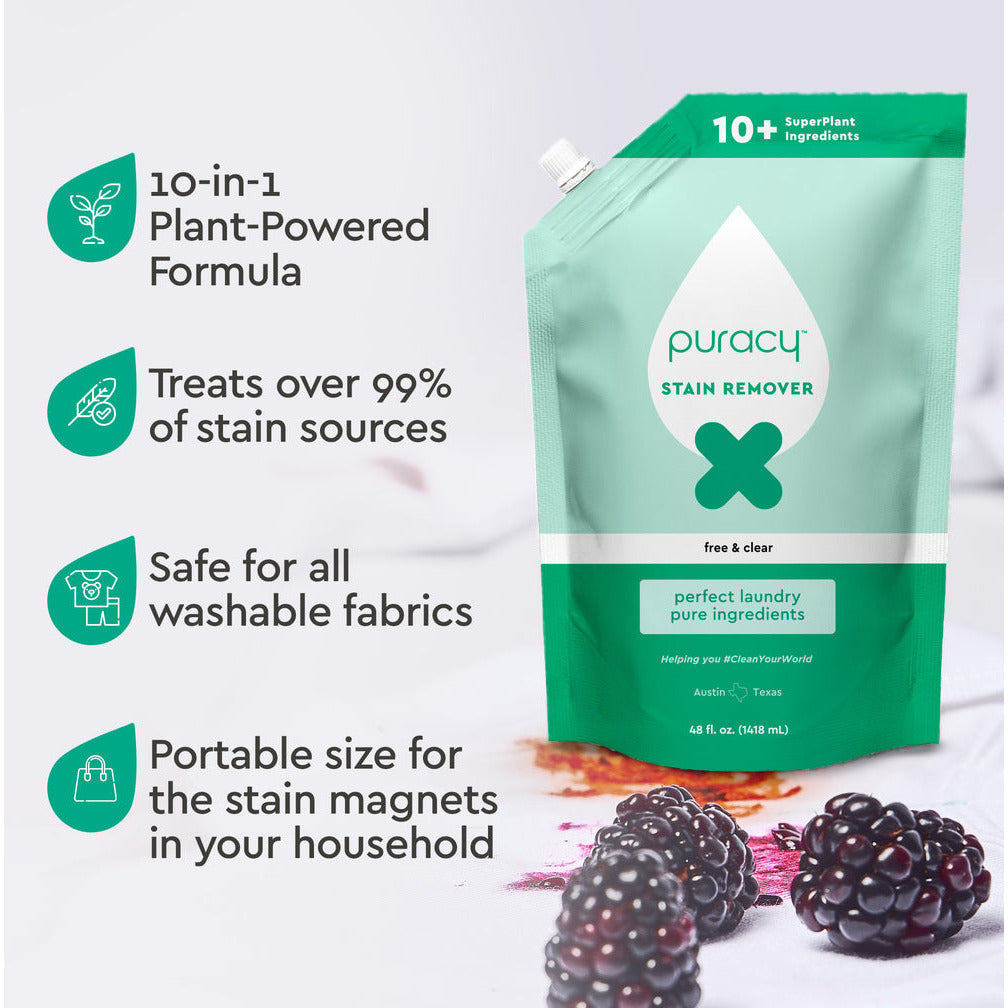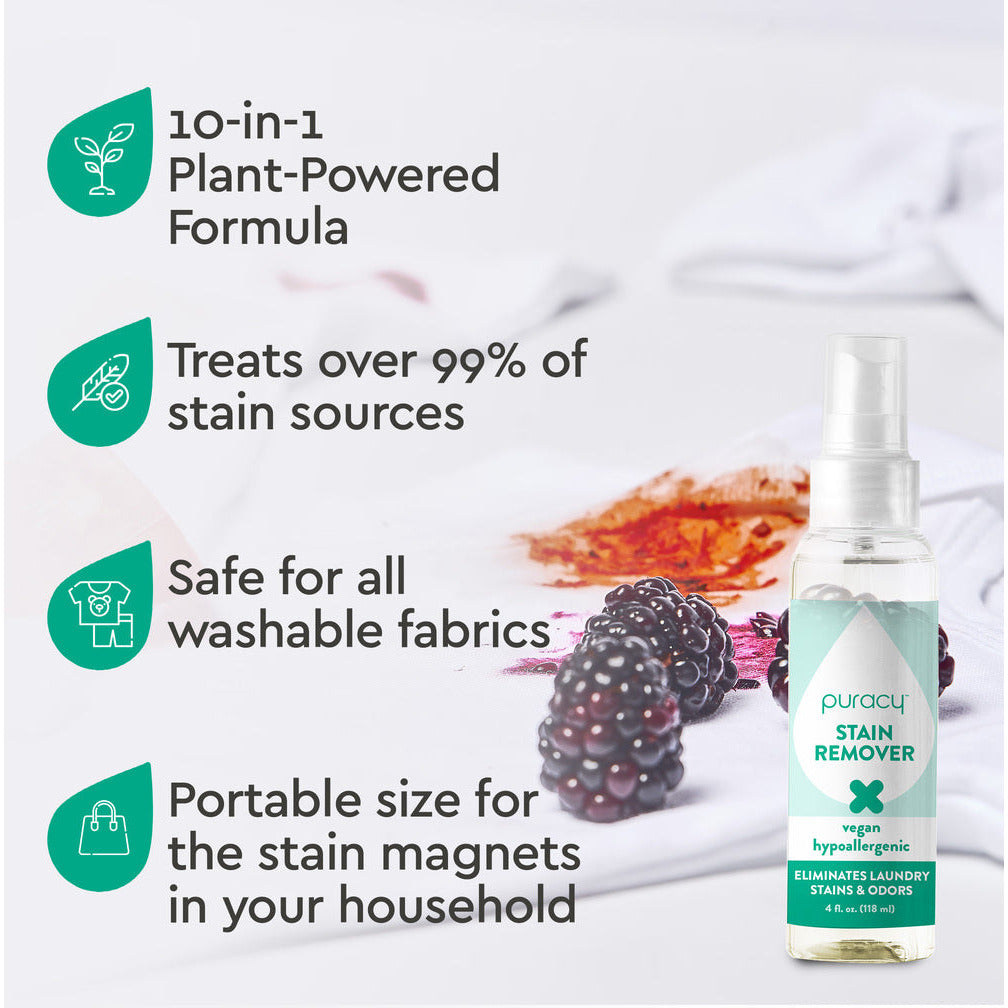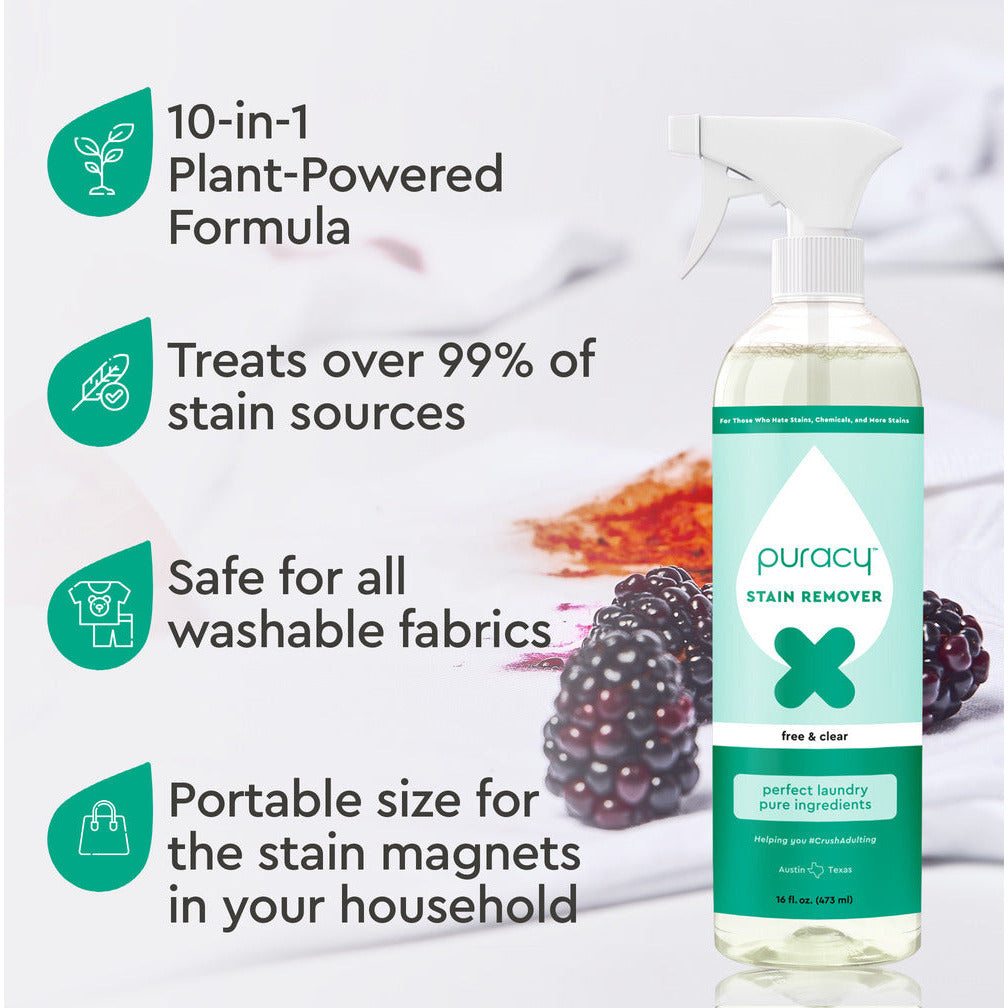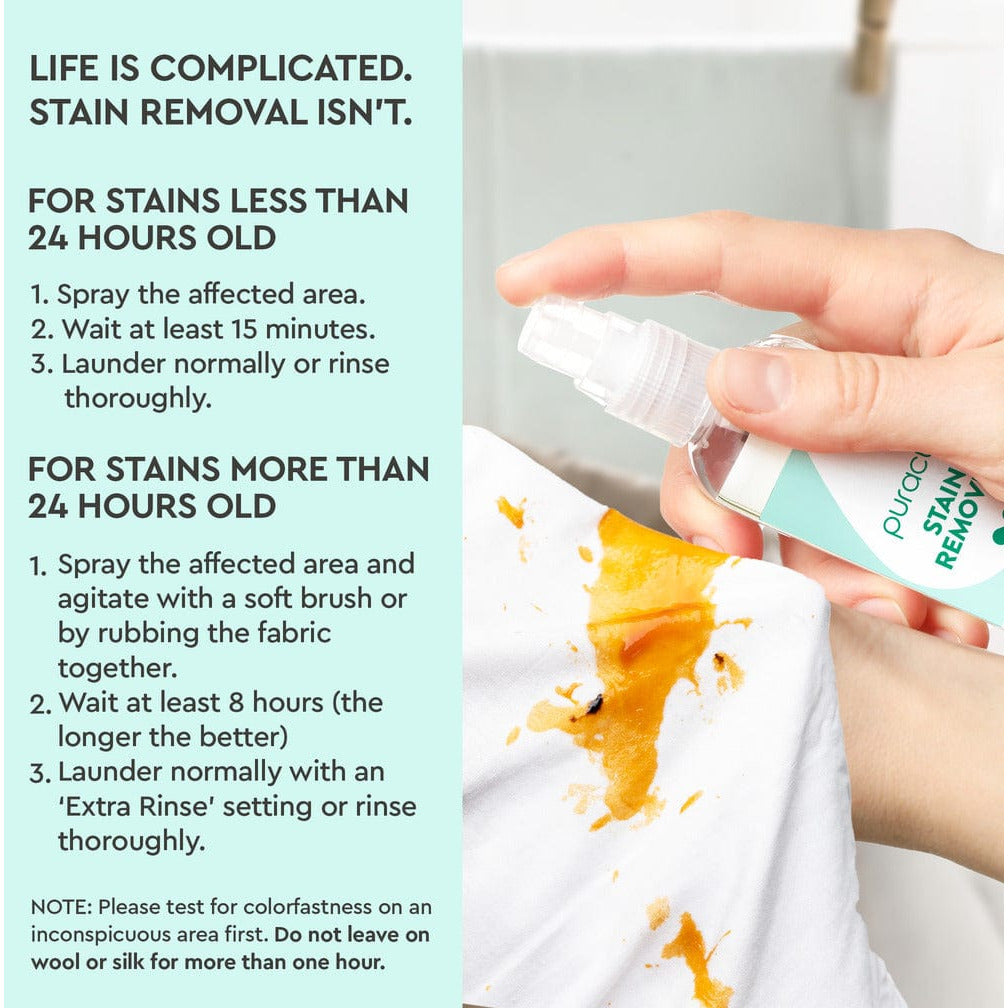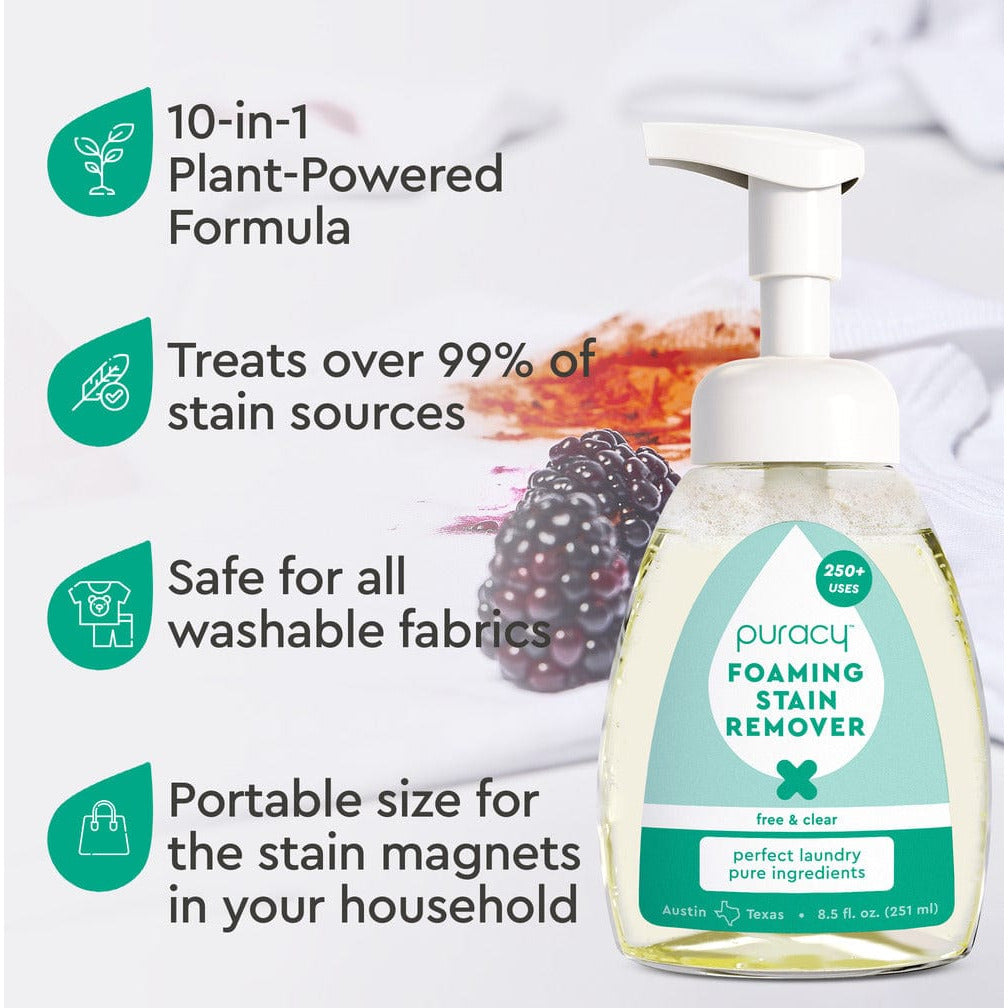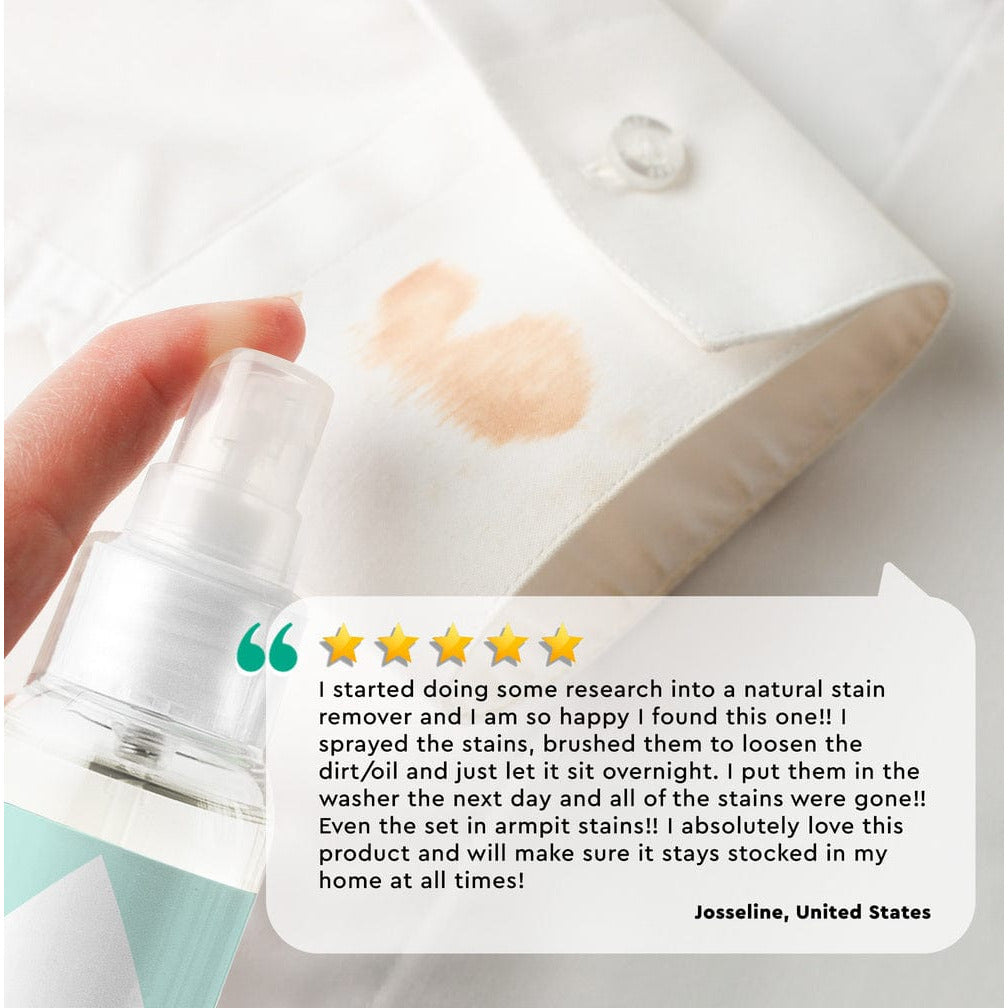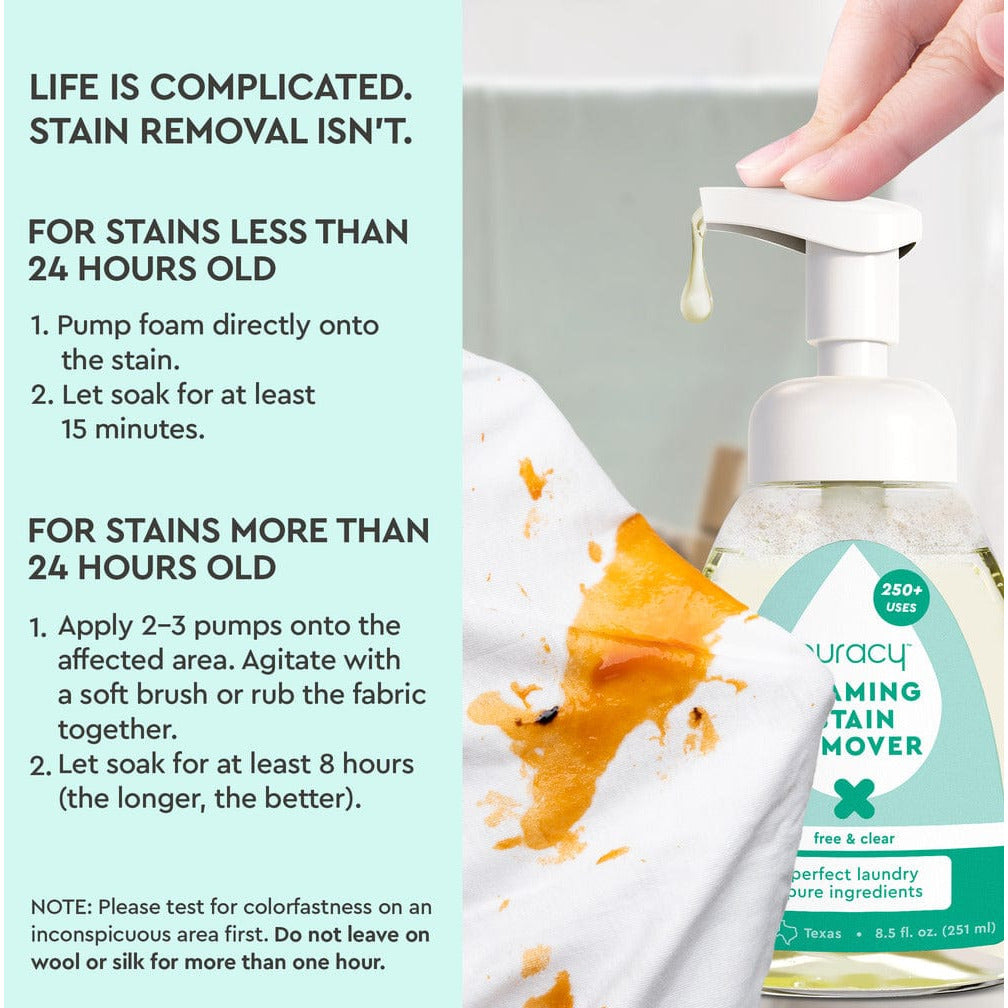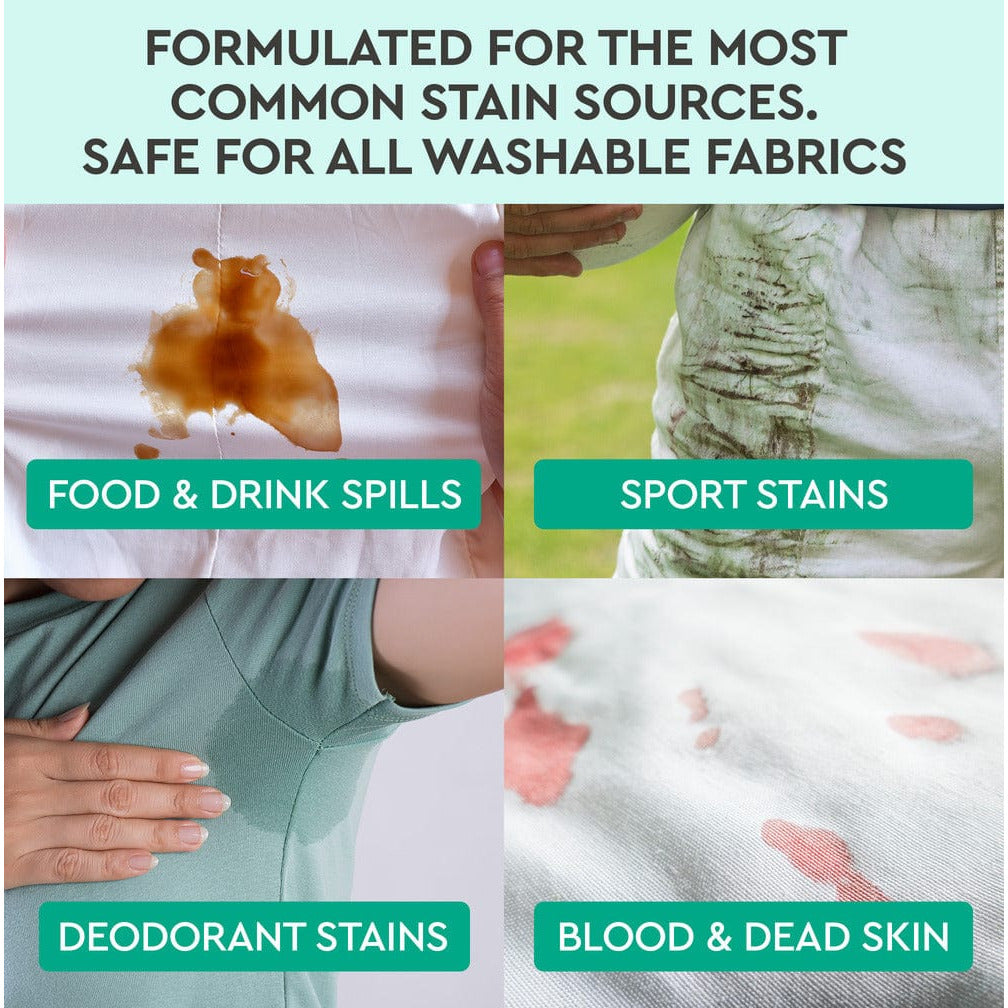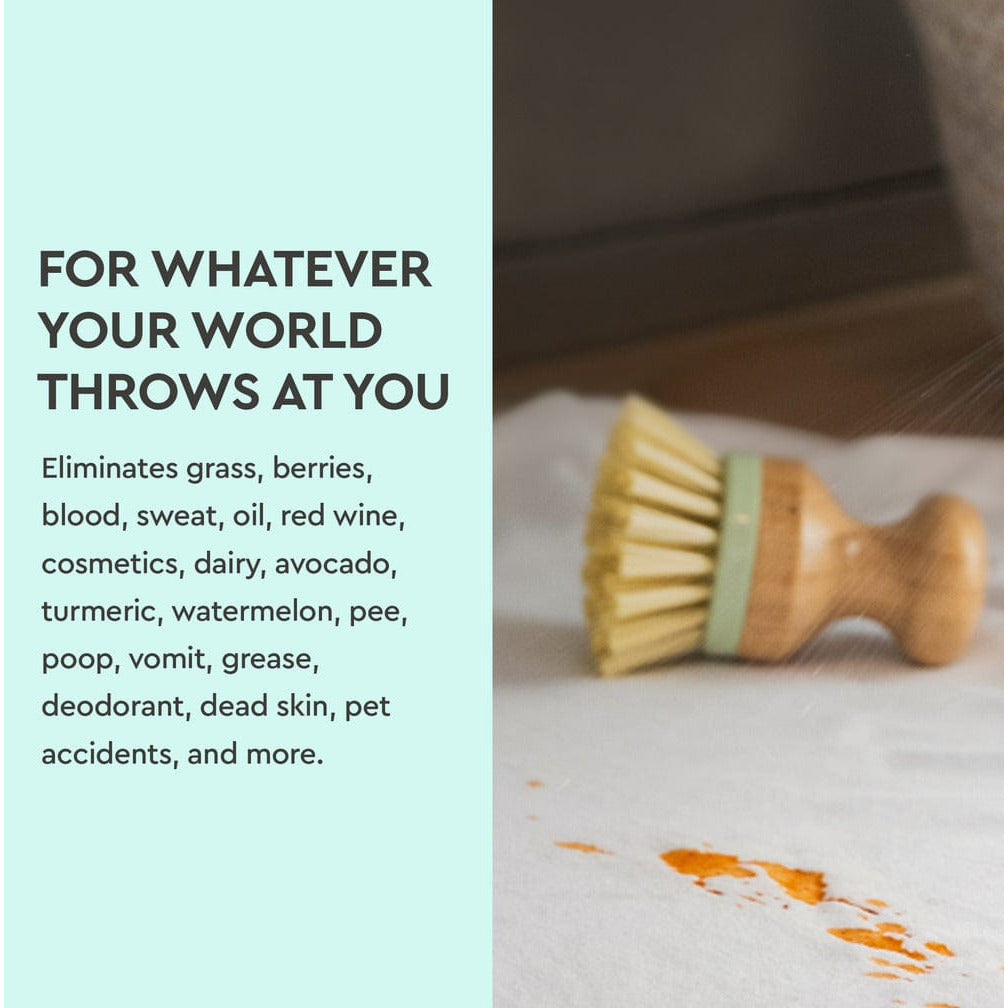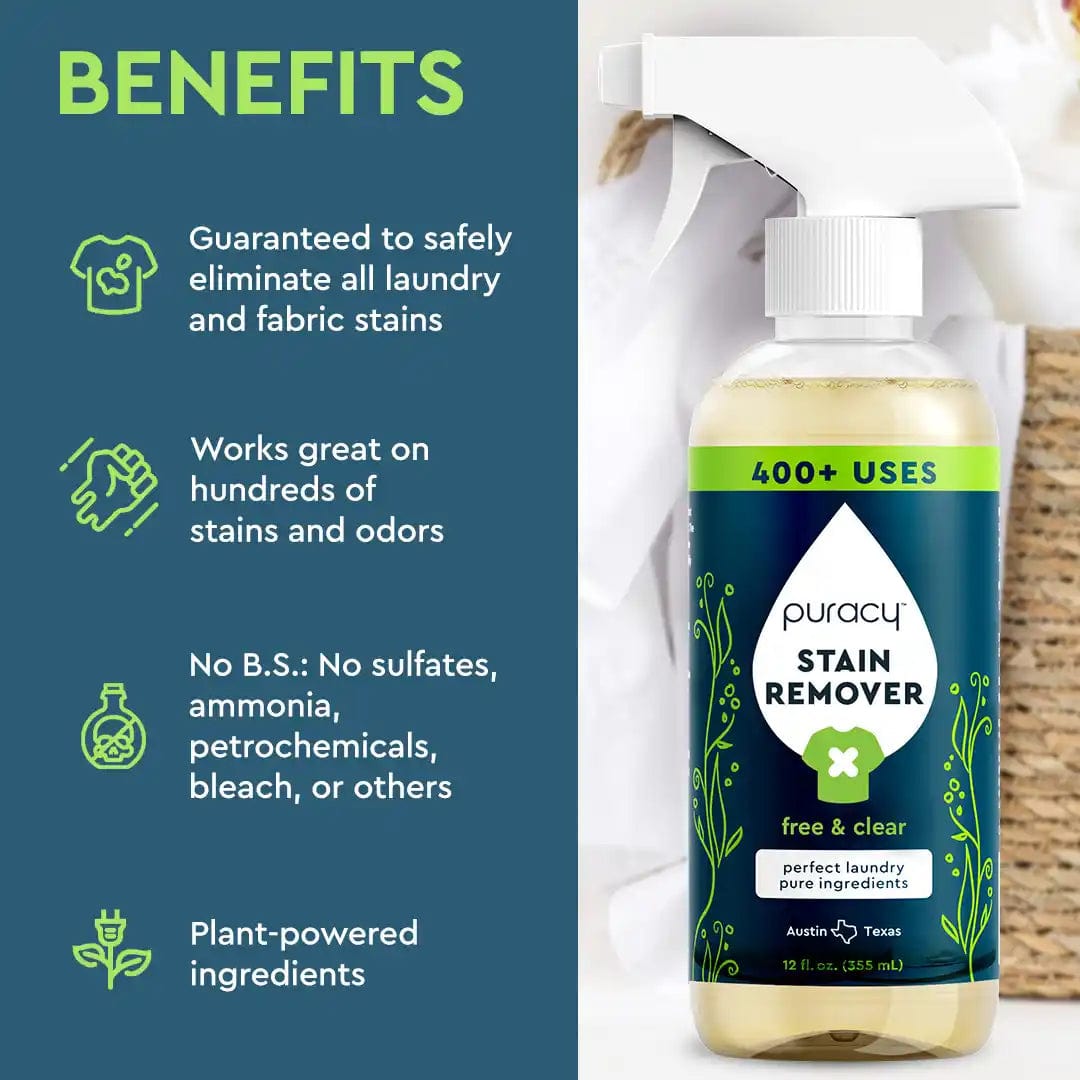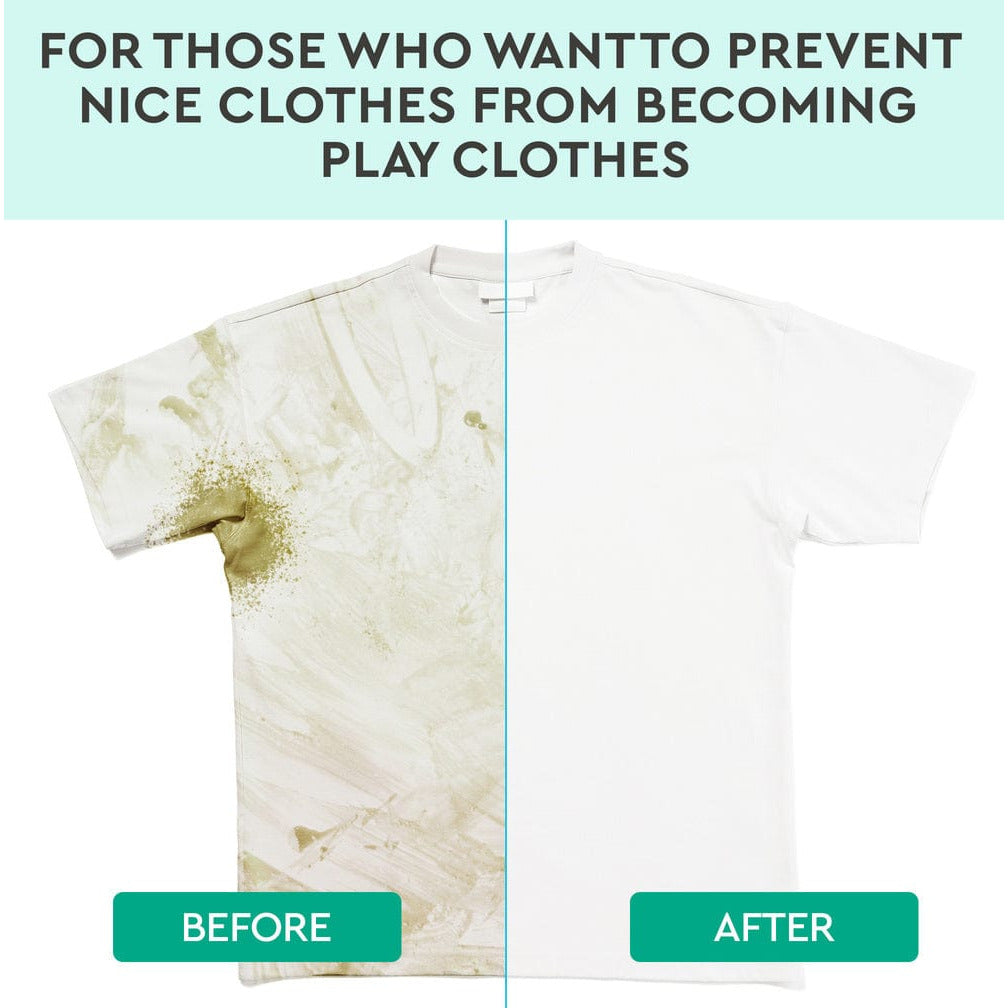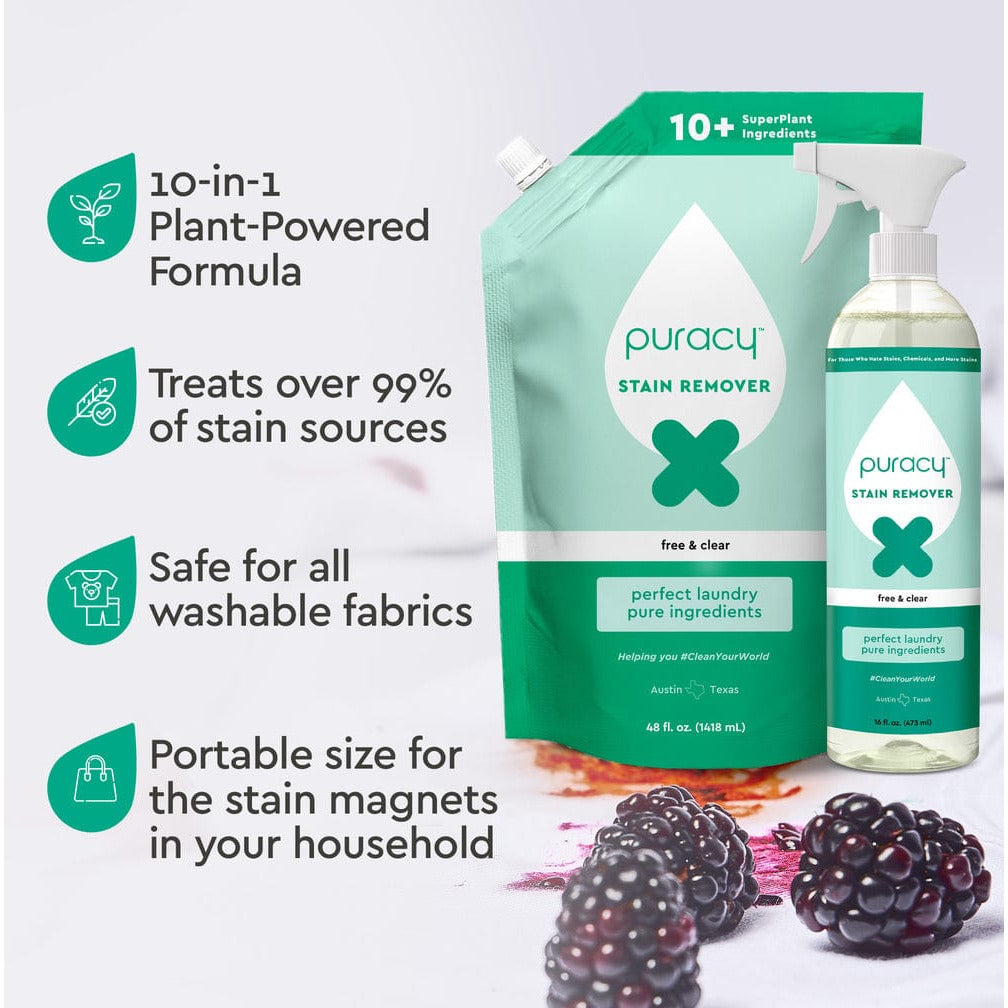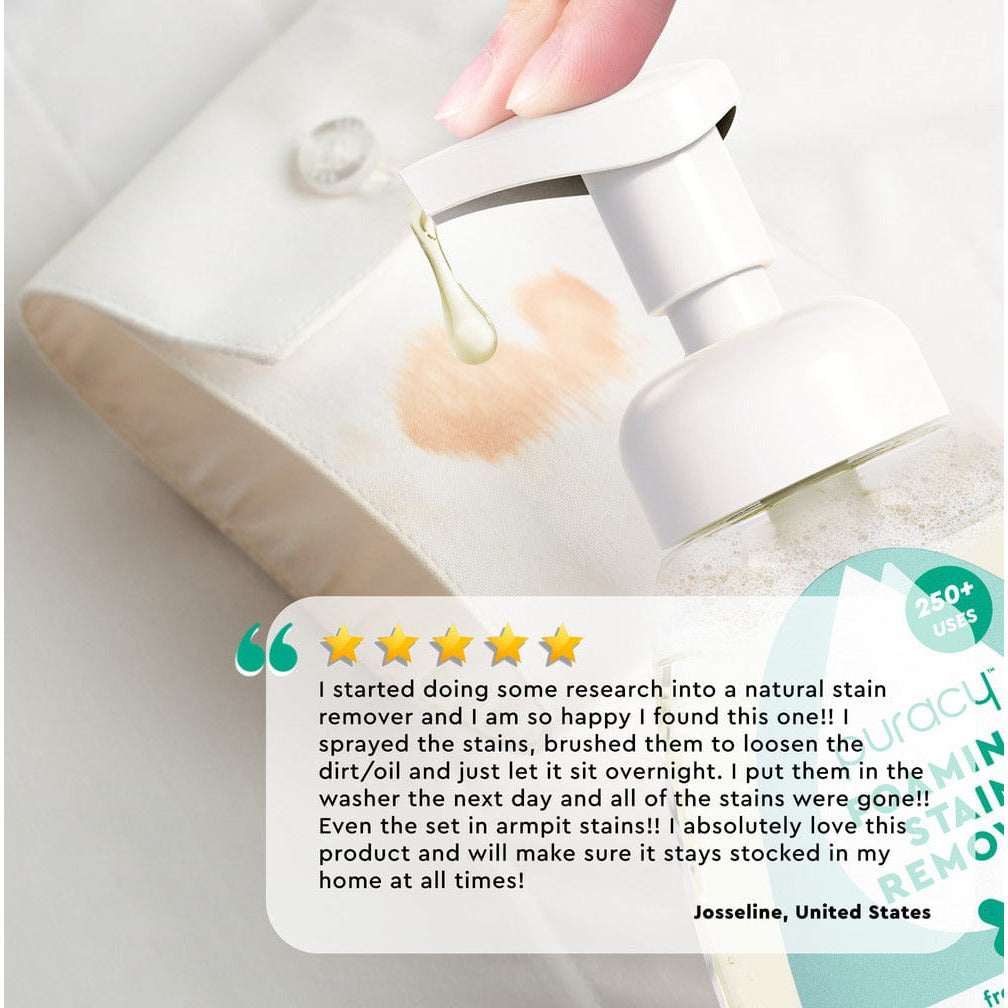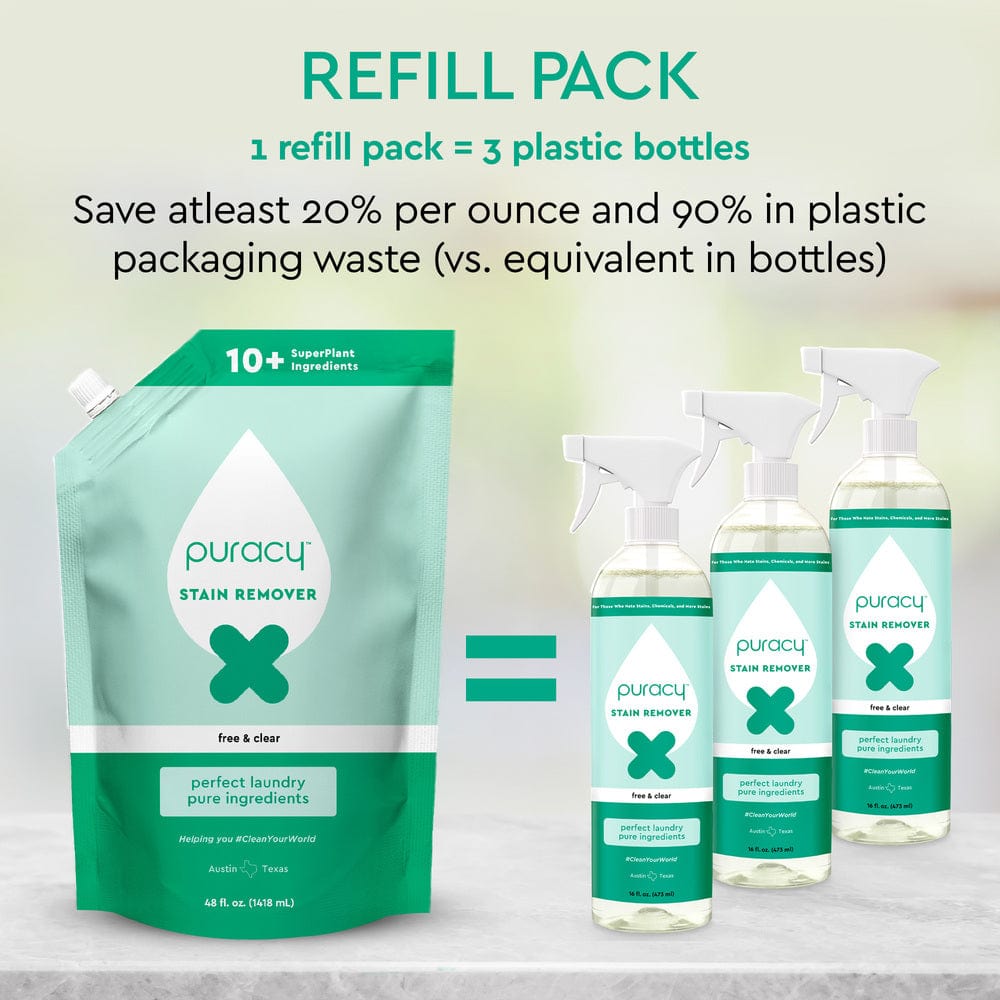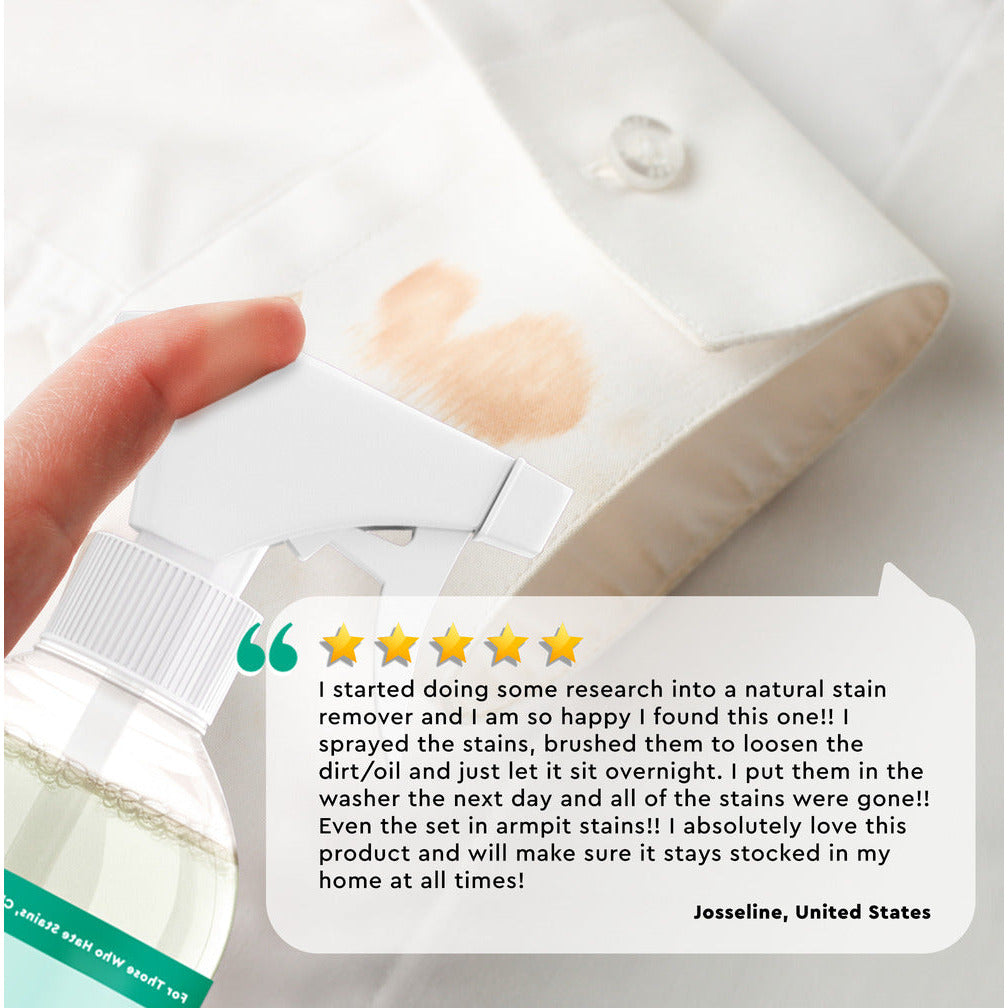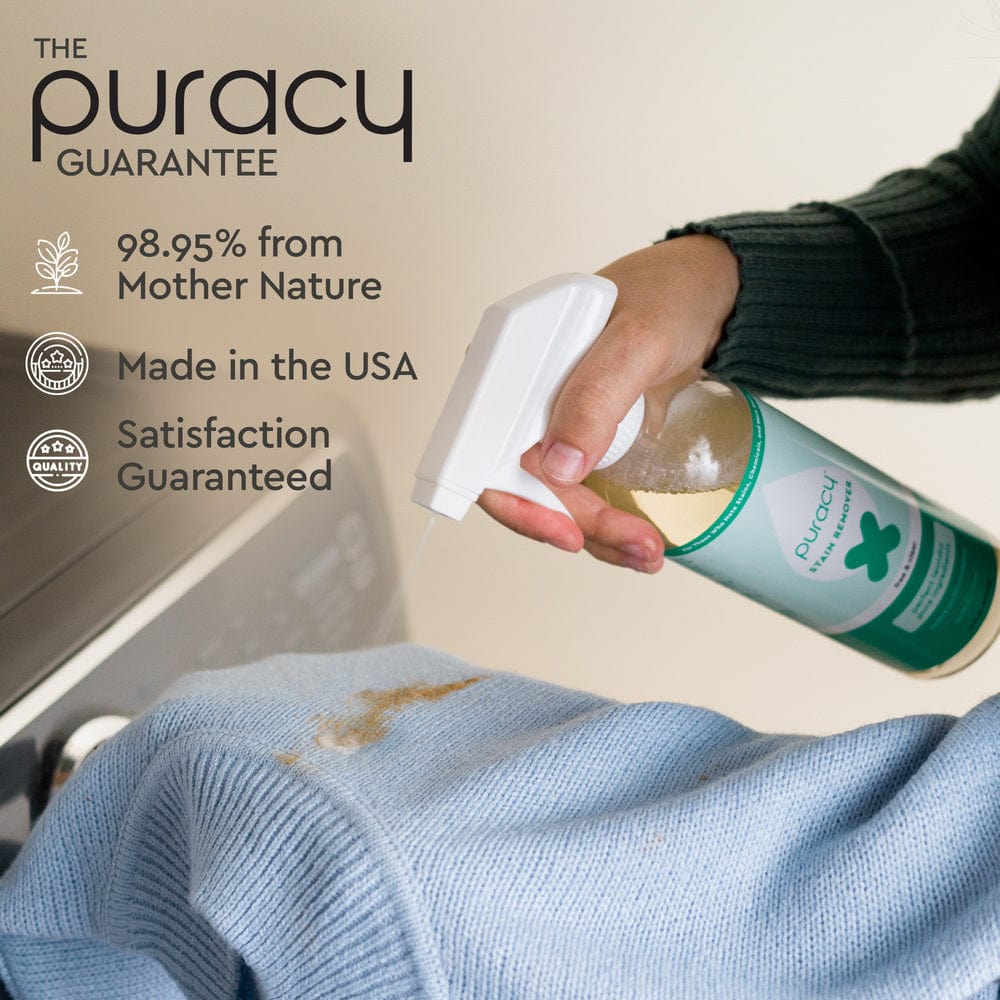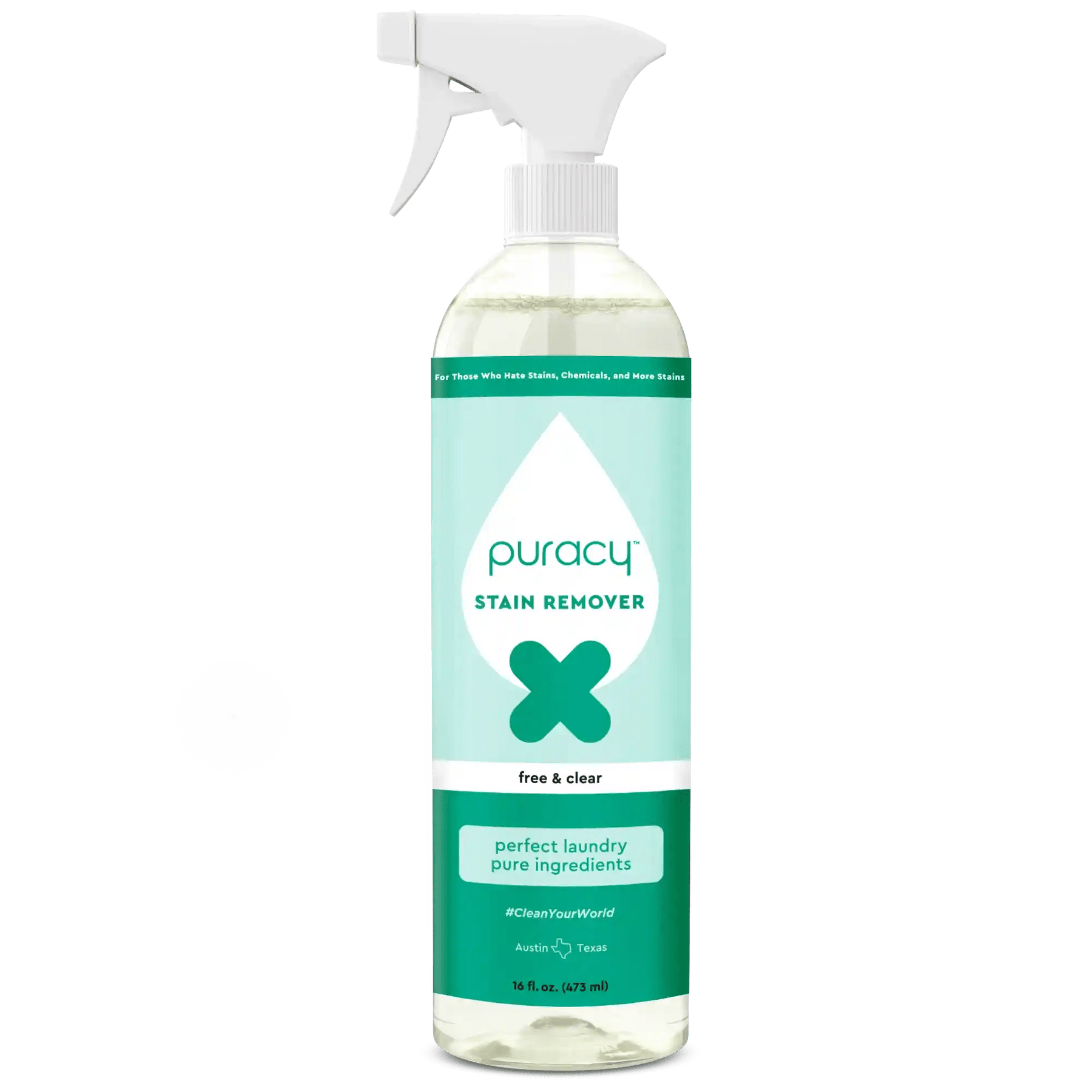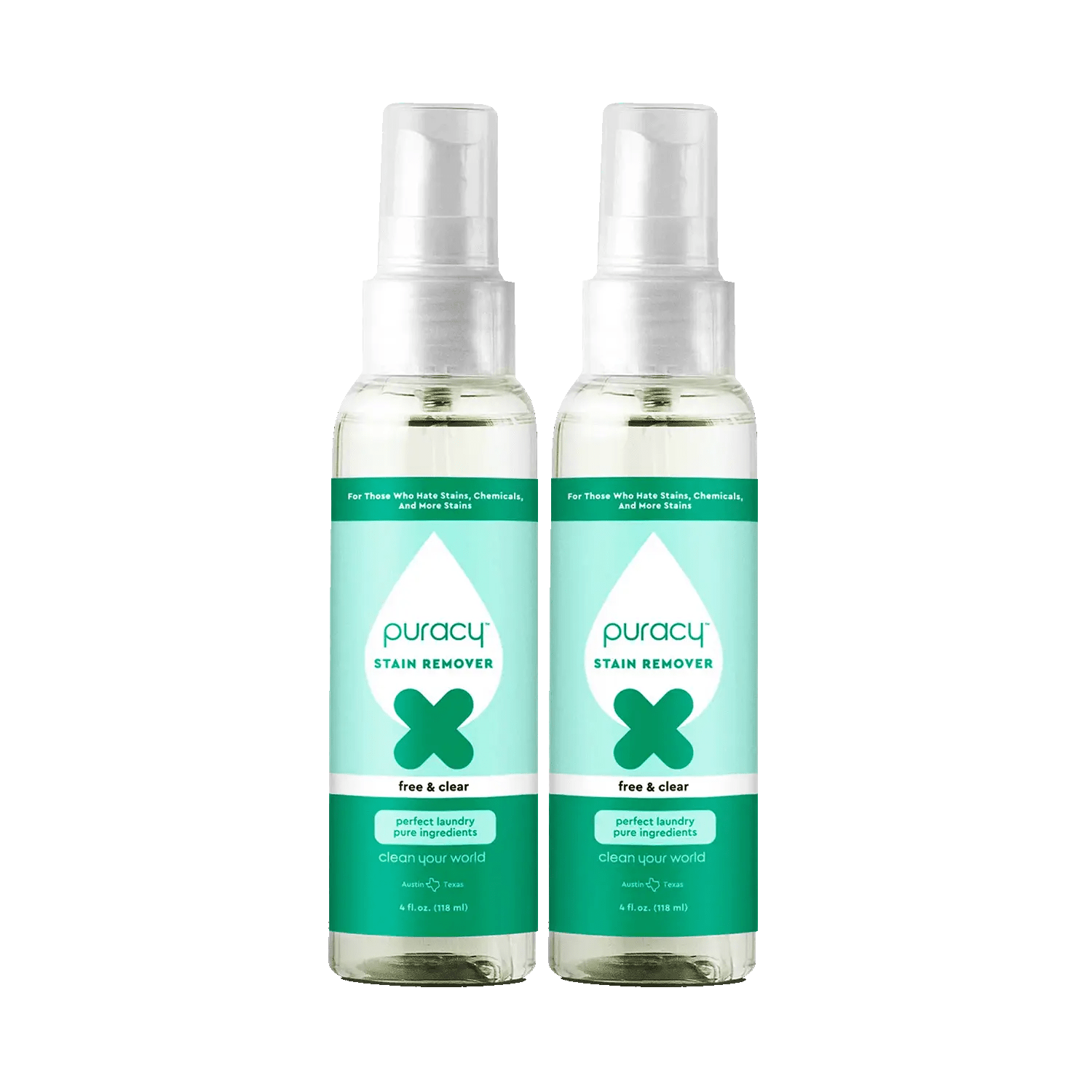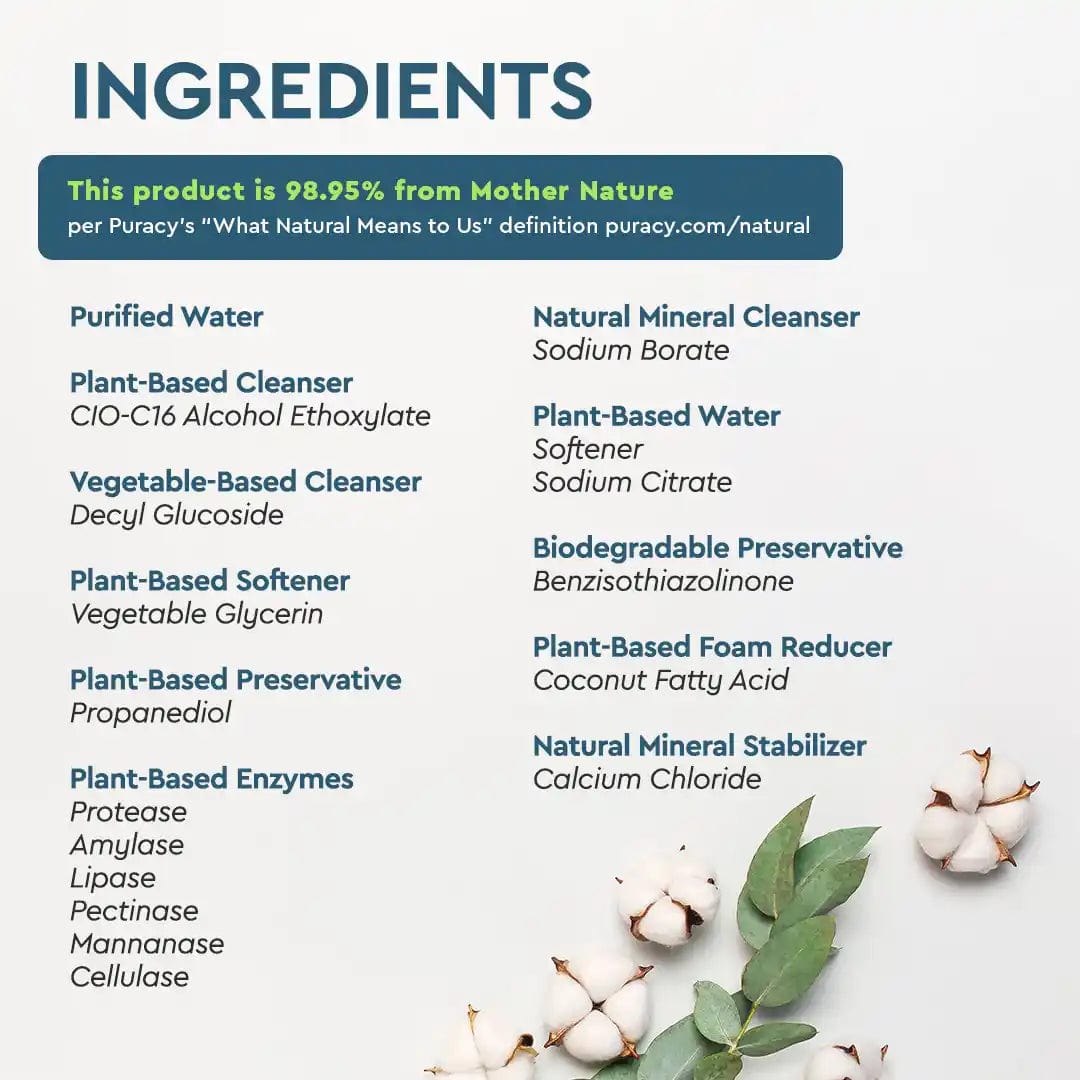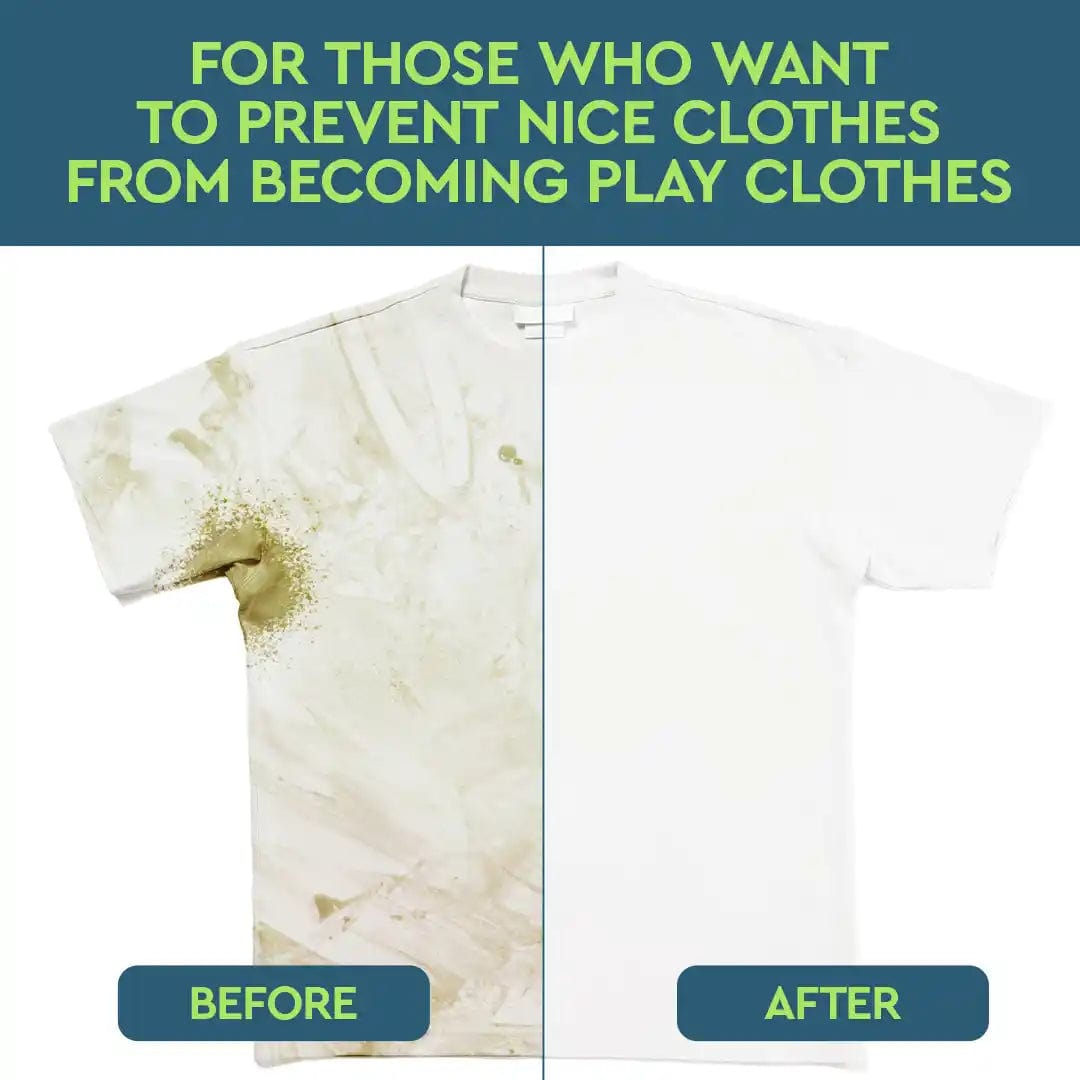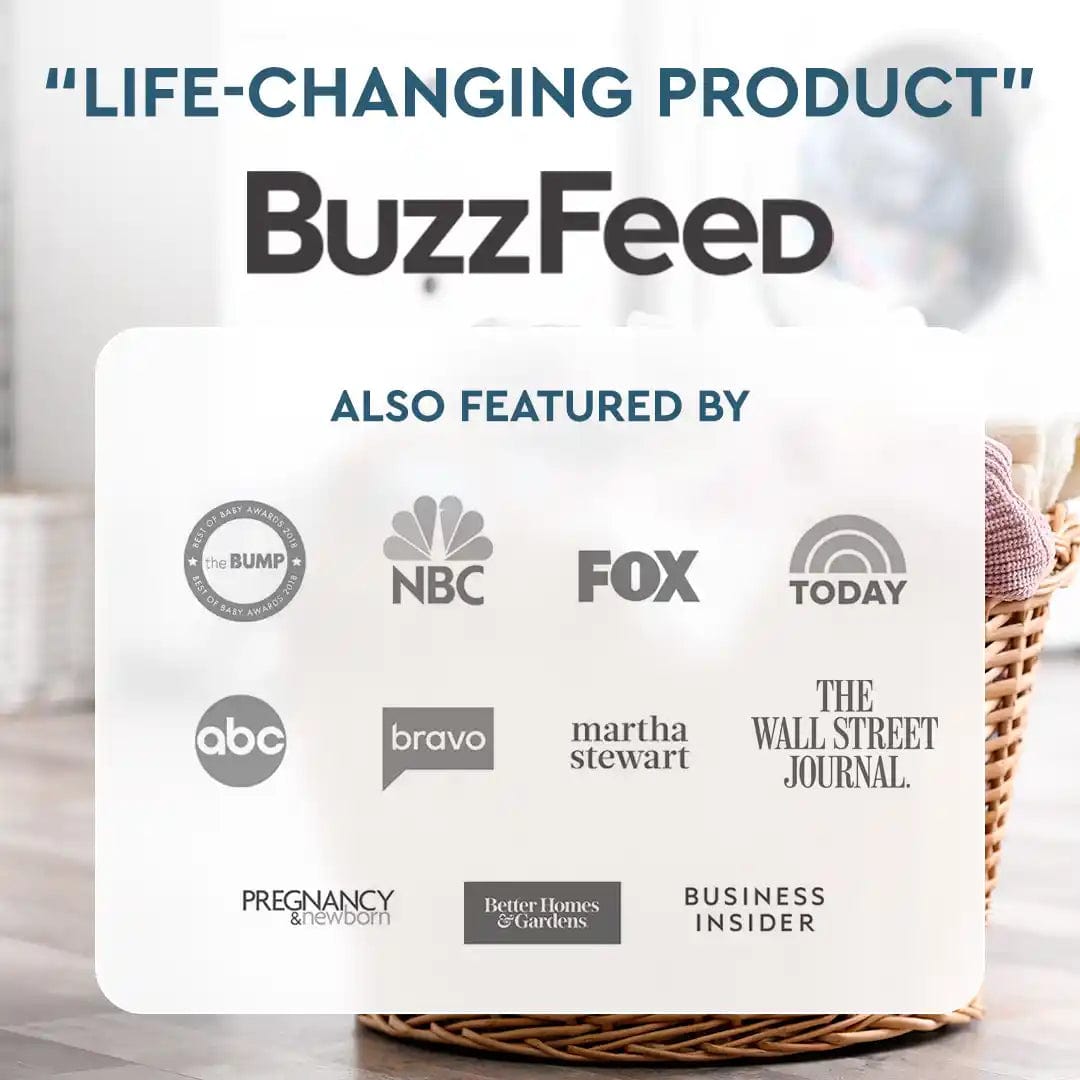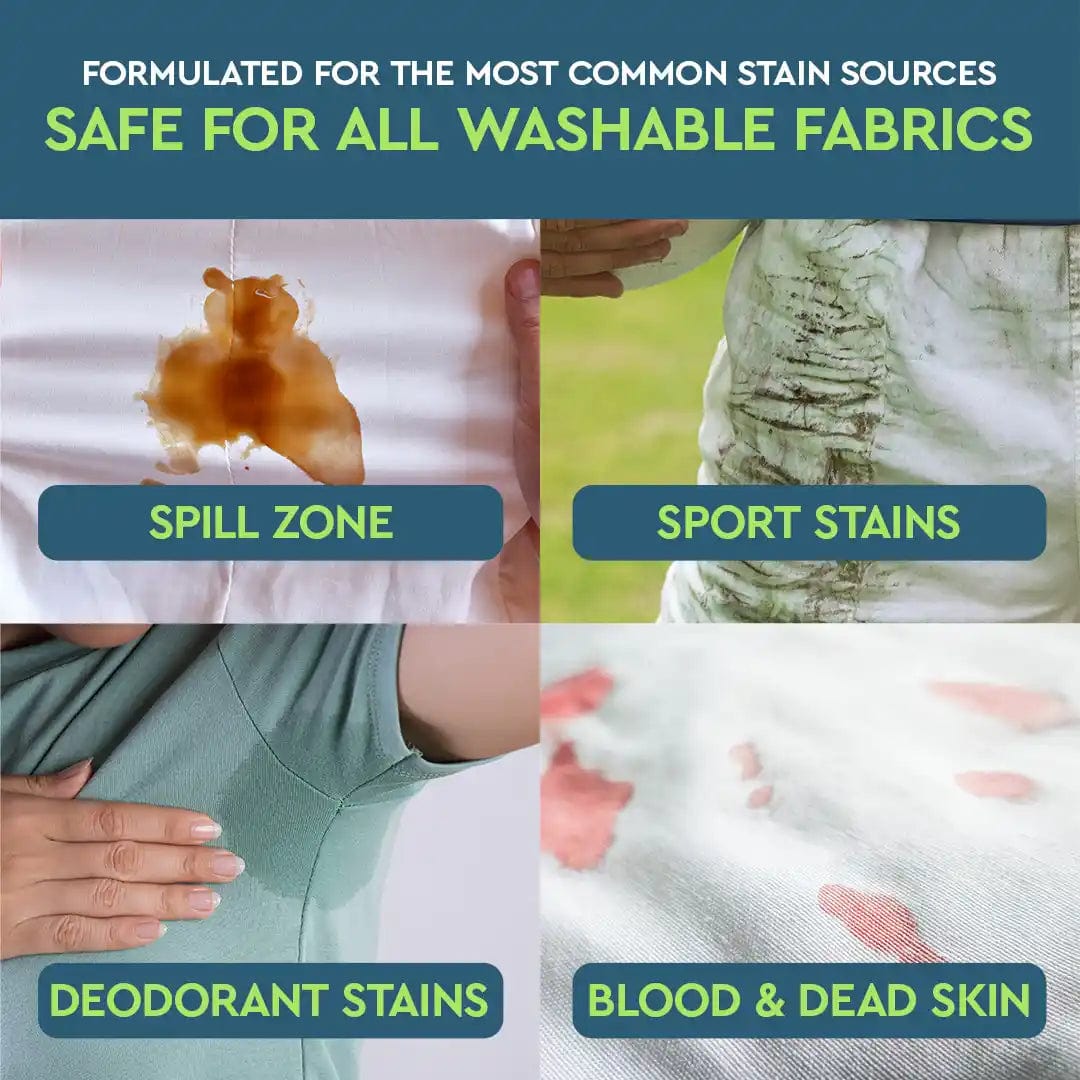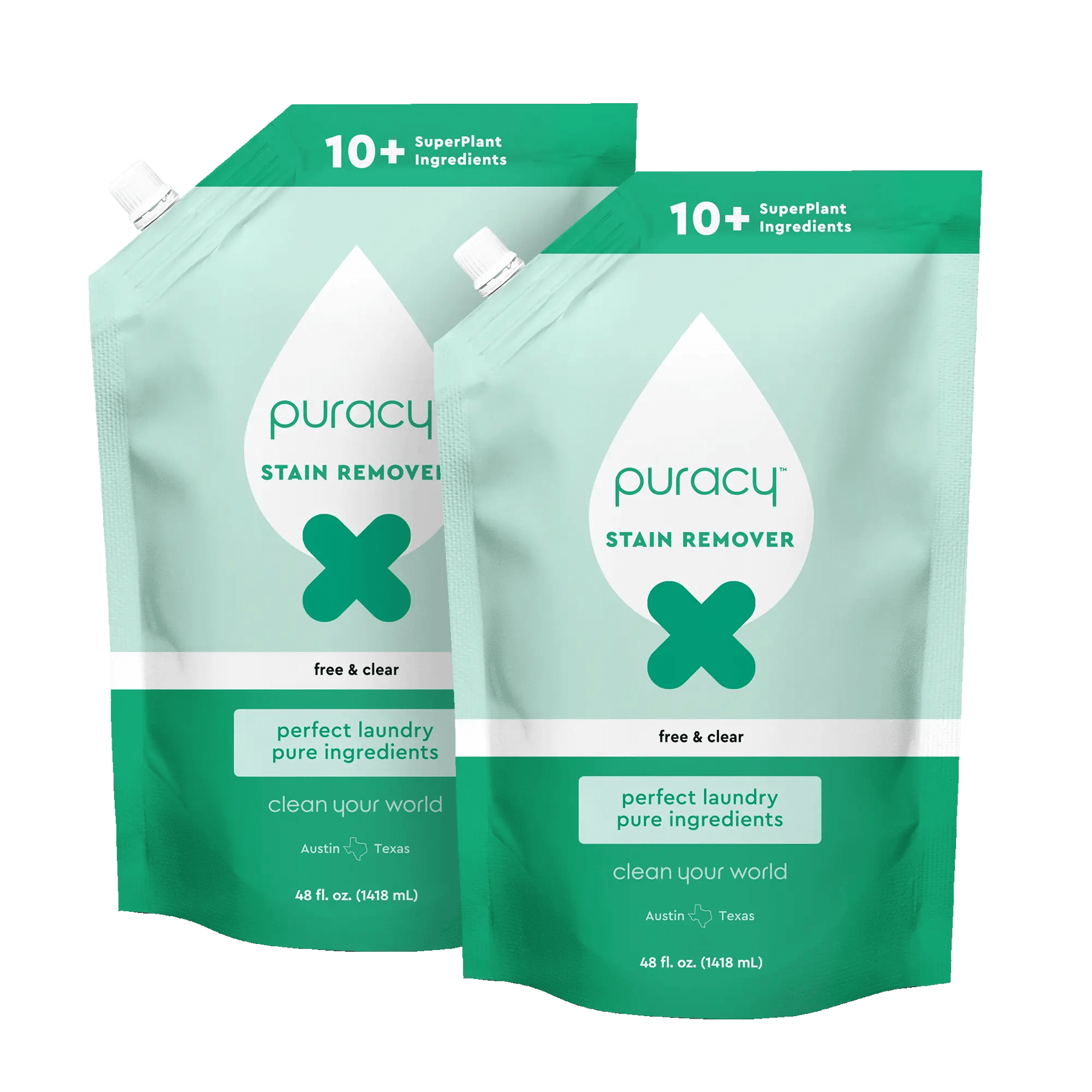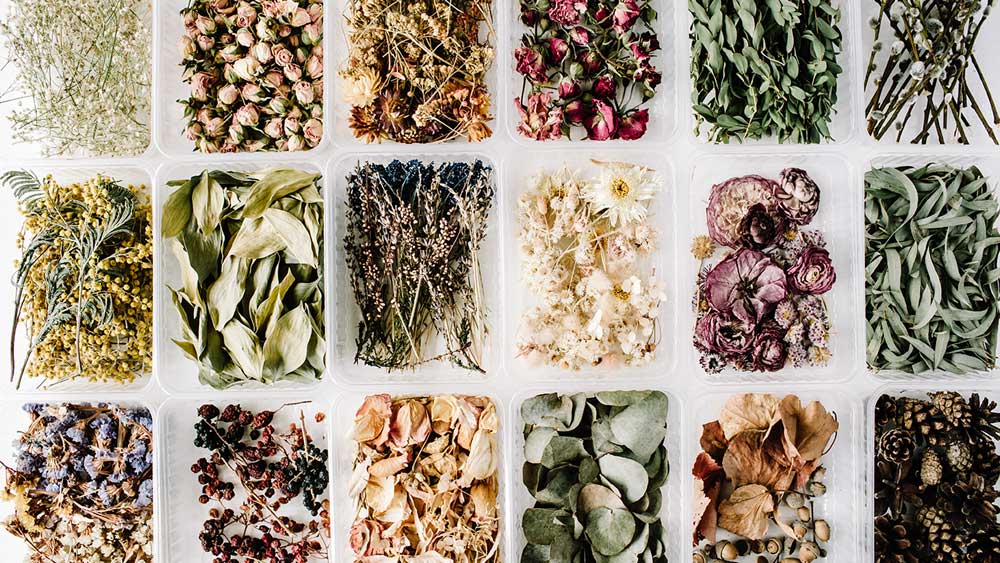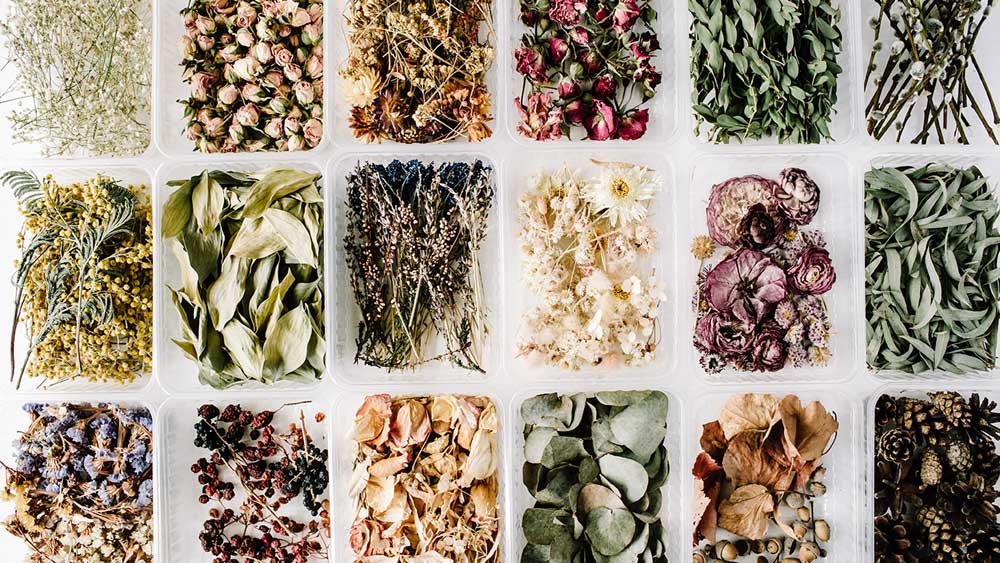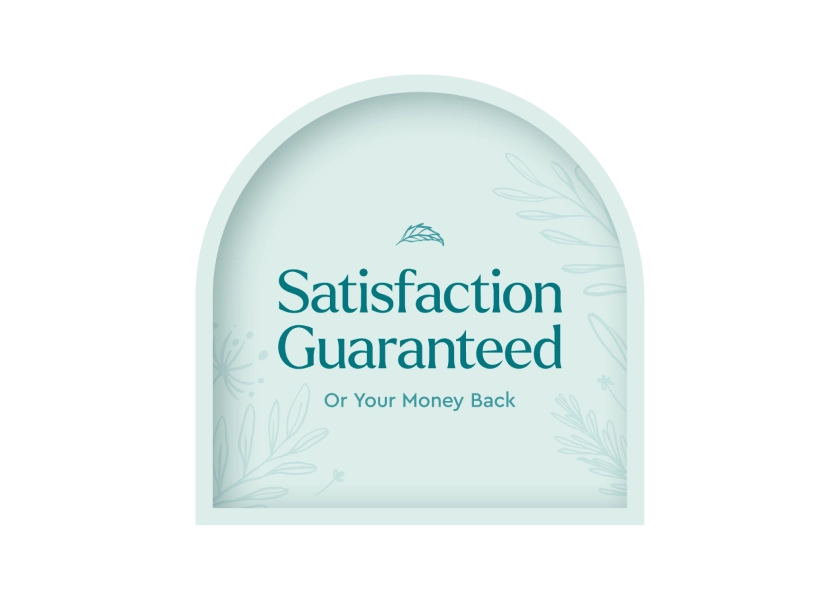Learn all about sodium stearoyl lactylate, including how it's made, and why Puracy uses sodium stearoyl lactylate in our products.
- Derived from: coconut
- Pronunciation: \ˈsō-dē-əm\ \ˌstē-ə-ˈroyl\ \ˈlak-ˌtlāt\
- Type: Naturally-derived
What Is Sodium stearoyl lactylate?

Sodium stearoyl lactylate (SSL) is a white or light yellow powder or a brittle solid with a characteristic smell.[1] It is a combination of sodium salts of stearoyl lactylic acids and minor proportions of sodium salts of related acids.[2] It is a plant-derived ingredient, and the FDA deems it safe for general or limited use in food.
SSL is used in hundreds of personal care and cosmetic products, including moisturizer, sunscreen, baby lotion, conditioner, foundation, body wash and other products.[3] It does not dissolve in water.[4]
Common Concerns
- Cancer: low risk
- Allergies & Immunotoxicity: low risk
- Consumption toxicity: low risk
- Developmental and Reproductive Toxicity: low risk
- Use Restrictions: low risk
- Bioaccumulation: low risk
Chemical Structure

Sodium stearoyl lactylate has a molecular weight of 450.6 g/mol. It is soluble in ethanol and insoluble in water.
What does Sodium stearoyl lactylate do in our skincare products?
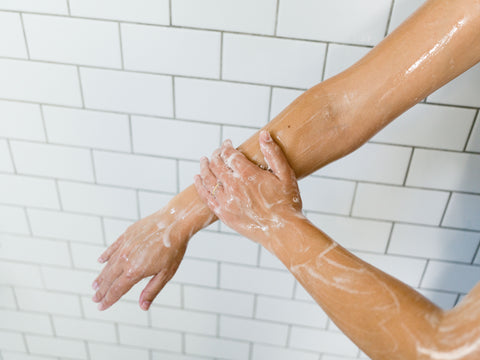
- Moisturizer: improves and softens skin
- Emulsifier: enhances stabilization in skin products
- Exofoliator: scrubs and cleanses
In our products, SSL is a moisturizer that helps the skin stay soft and pliable. However, it is also an effective, food-grade emulsifier, stabilizer and a surfactant.[5] As a result, it is a common food additive and dough strengthener often found in baked products, puddings, fillings, dips, gravies, liqueurs and other prepared foods.[6] It also has a sweet taste, which allows food manufacturers to add less sugar.[7]
Is Sodium stearoyl lactylate safe?

Learn more about the ingredient’s safety in relation to your health and the environment.
-
Health Safety
For skin and hair, SSL has been deemed safe to use in cosmetics by the Cosmetic Ingredient Review. It is also non-comedogenic and not a known carcinogen. It's possible to have an allergy to sodium stearoyl lactylate, which can result in oversensitive immune responses, as well as itching and swelling.
-
Environmental Impact
The ingredient is biodegradable as well as non-bioaccumulative. Palm oil is a common substitute for this ingredient, but although palm oil is not harsh, it is an endangered resource.
-
Why Puracy Uses Sodium stearoyl lactylate
We use sodium stearoyl lactylate in several of our products as a moisturizer. The FDA has deemed SSL safe for use as a food additive, and Whole Foods has deemed the ingredient acceptable in its body care quality standards.[11,12,13]
Further, the European Food Safety Authority has determined no reproductive or carcinogenic effects from ingestion.[14] Several studies, as well as the Center for Science in the Public Interest, have also deemed the ingredient safe.[15,16] Sodium stearoyl lactylate does not contain milk protein and thus need not be restricted by people avoiding milk.[17,18]
How Sodium stearoyl lactylate Is Made

SSL is manufactured by the reaction of lactic acid and stearic acid and conversion to sodium salts.[8] Typically, lactic acid — a naturally occurring substance — is neutralized with sodium or calcium hydroxide, and the excess water is distilled out.
Stearic acid — also a naturally occurring substance found in animal and vegetable fats — is then added and esterification occurs. Water is again removed via distillation. Some manufacturers bleach the final product with hydrogen peroxide (the product is then heated to destroy excess peroxide).[9,10]
Sodium stearoyl lactylate in Food sodium

Since it is safe to digest, SSL is used widely in the commercial production of various food products. It's used as a dough strengthener in bread, as well as an improver of mix tolerance and volume in beverage creamers.
Is Sodium stearoyl lactylate vegan?
SSL is vegan when it is derived from natural sources such as vegetables. Occasionally it is processed using non-vegan sources, but generally, it is considered vegan.
Sources
[1] National Institutes of Health
[2] Food and Drug Administration
[3] Environmental Working Group
[4] Food and Agriculture Organization of the United Nations
[5] Food and Agriculture Organization of the United Nations
[6] Food and Drug Administration
[7] Field, S., Why There’s Antifreeze in Your Toothpaste: The Chemistry of Household Ingredients. Chicago Review Press (2007) pp. 152
[8] Food and Drug Administration
[9] Hasenhuettl, G.L., Synthesis and Commercial Preparation of Food Emulsifiers. (2008) Springer Science + Business Media, LLC
[10] Whitehurst, R.J., Emulsifiers in Food Technology. John Wiley & Sons, (2008) pp. 208-214
[11] Whole Foods Market
[12] Food and Drug Administration
[13] Food and Drug Administration
[14] European Commission
[15] Center for Science in the Public Interest
[16] Lamb, J.; Hentz, K.; Schmitt, D.; Tran, N.; Jonker, D.; Junker,, K. (2010). "A one-year oral toxicity study of sodium stearoyl lactylate (SSL) in rats". Food and Chemical Toxicology. 48 (10): 2663–2669
[17] Food Allergy Research & Education, Inc.
[18] National Food Service Management Institute

